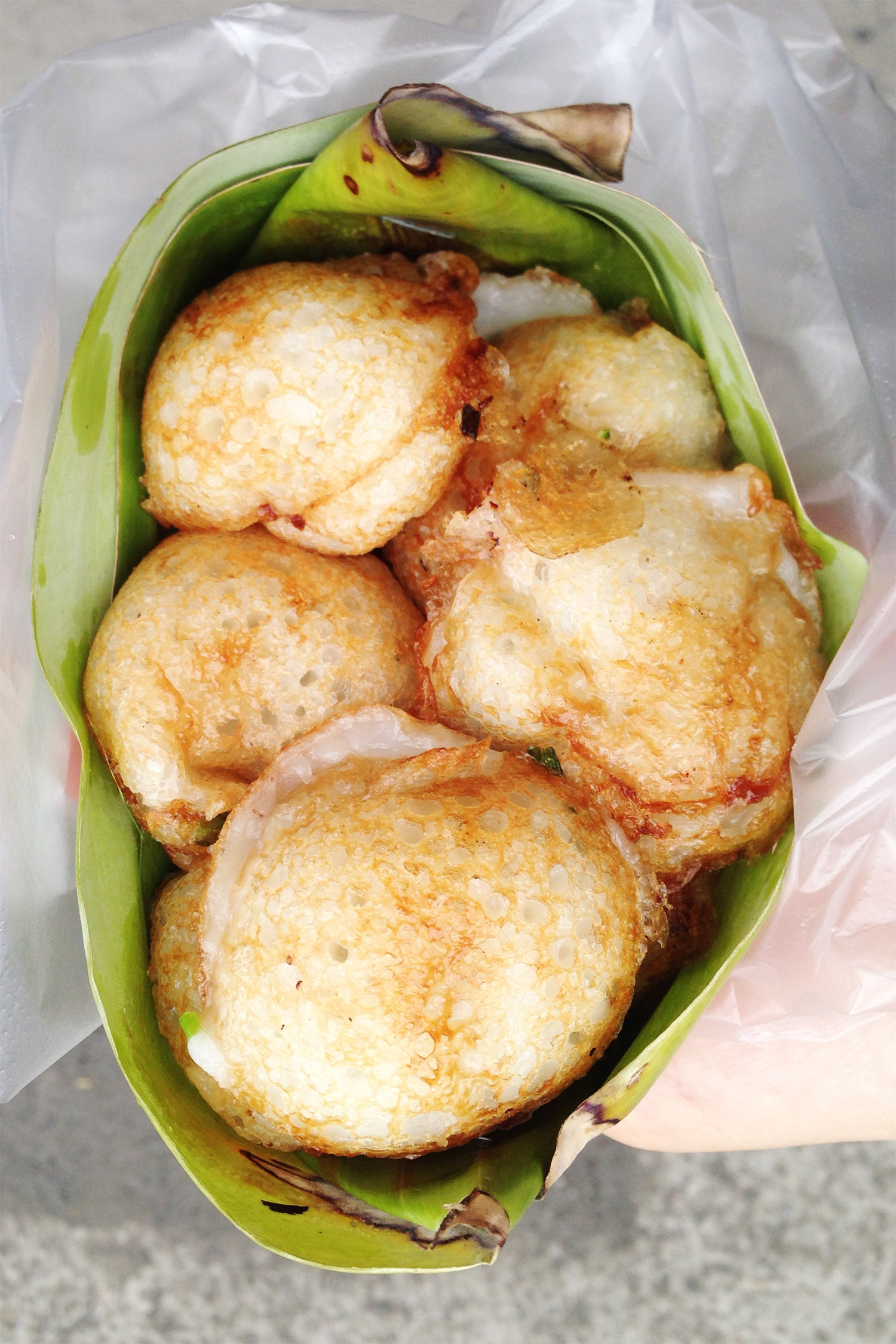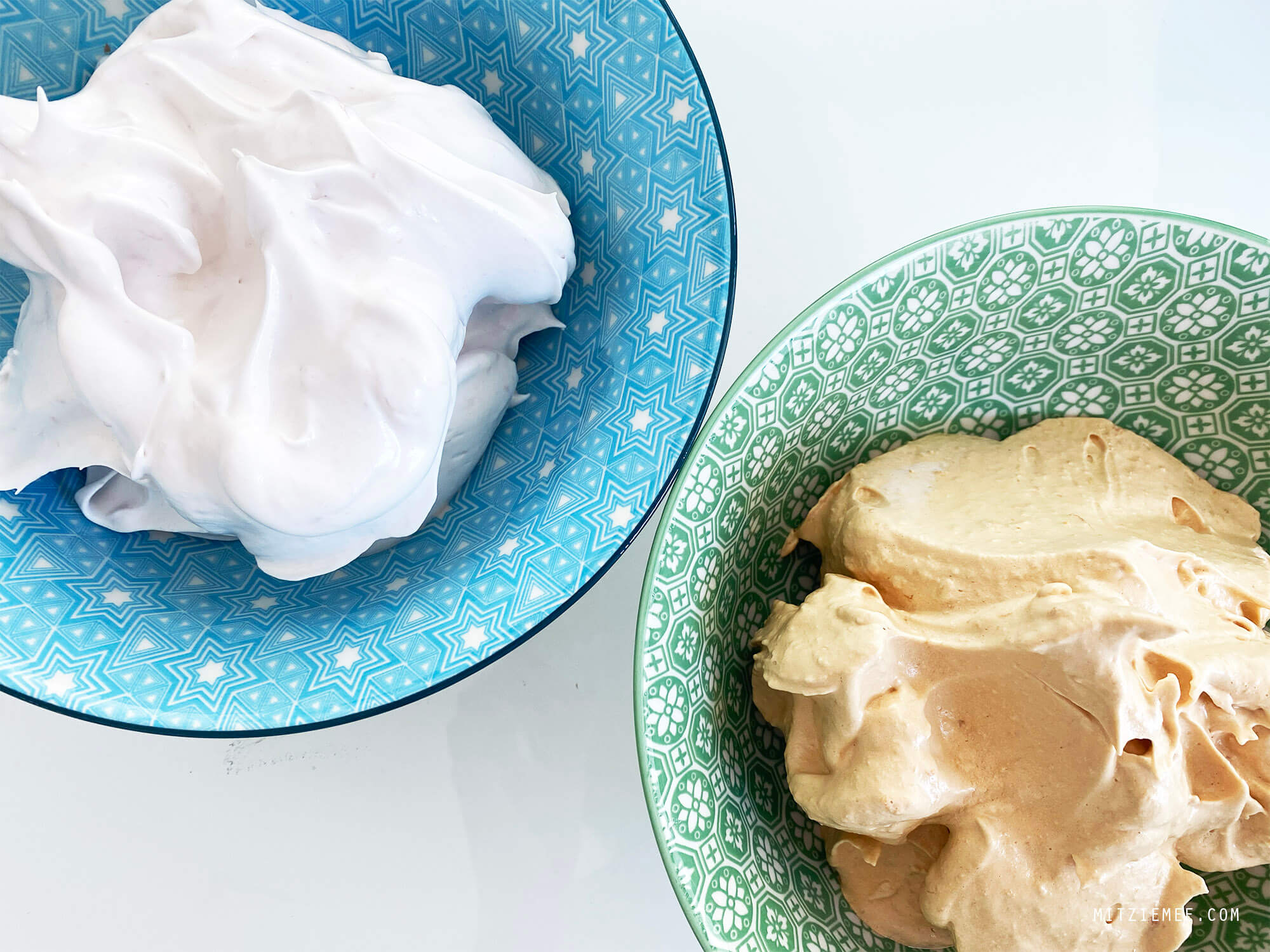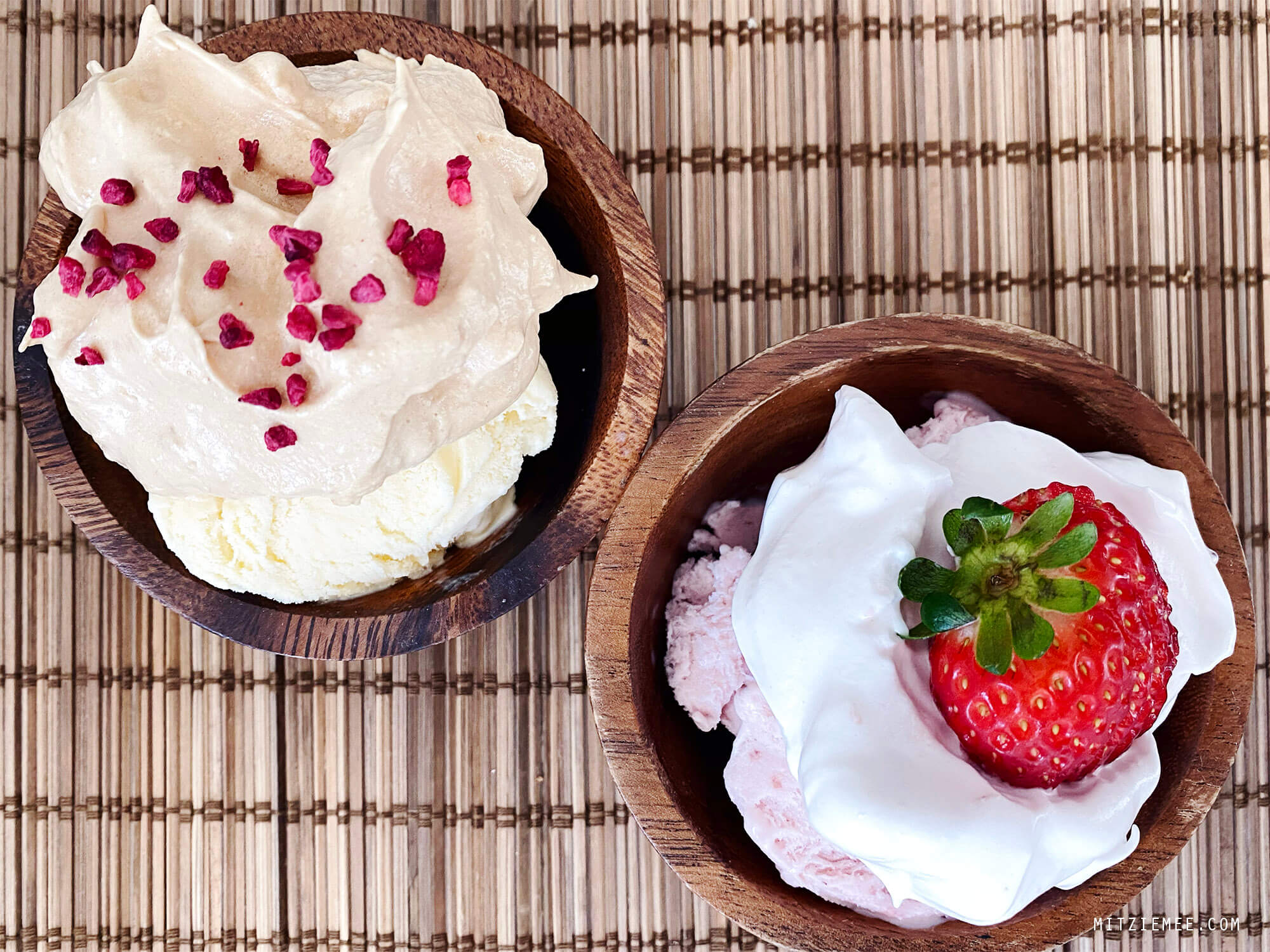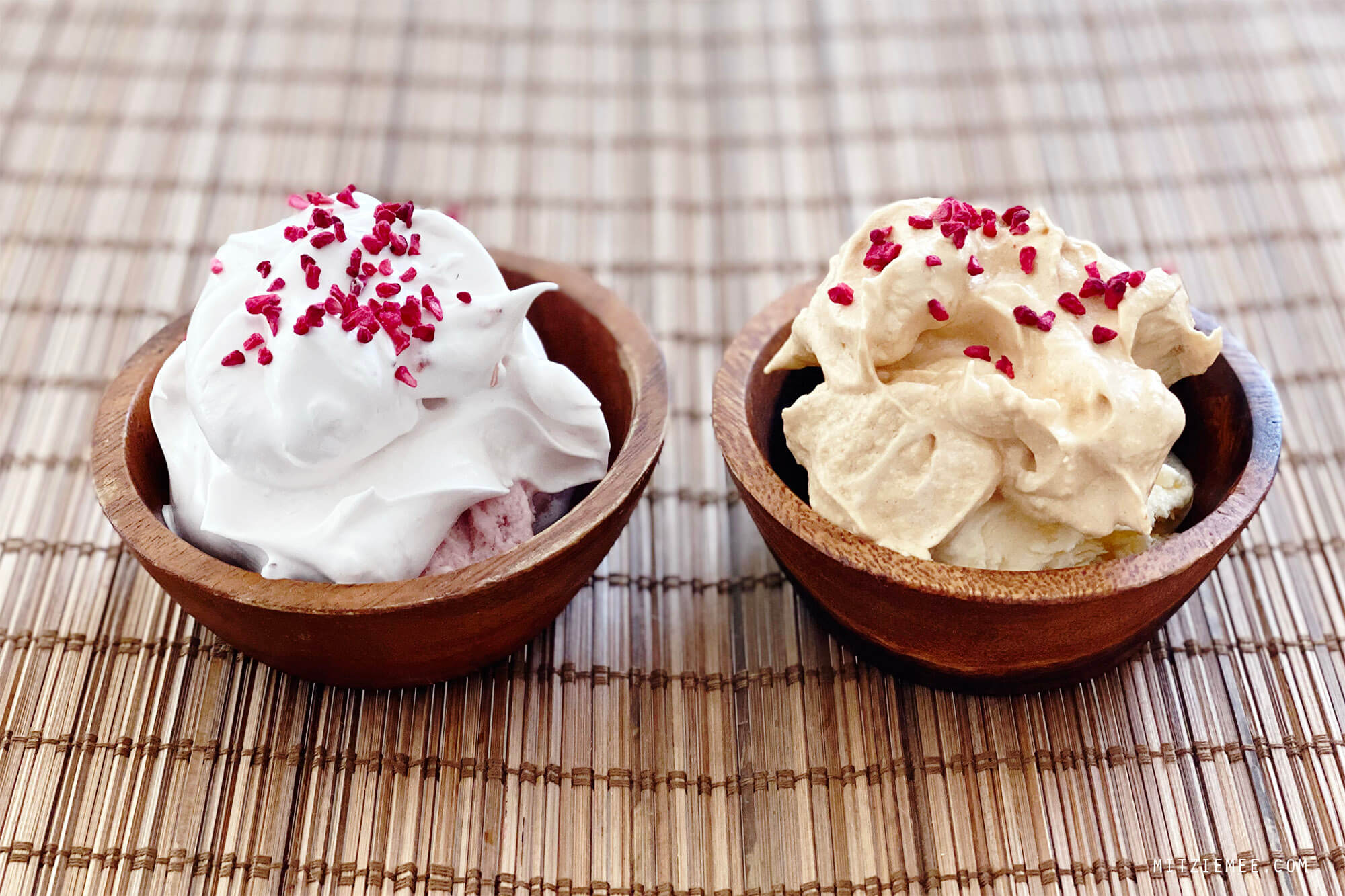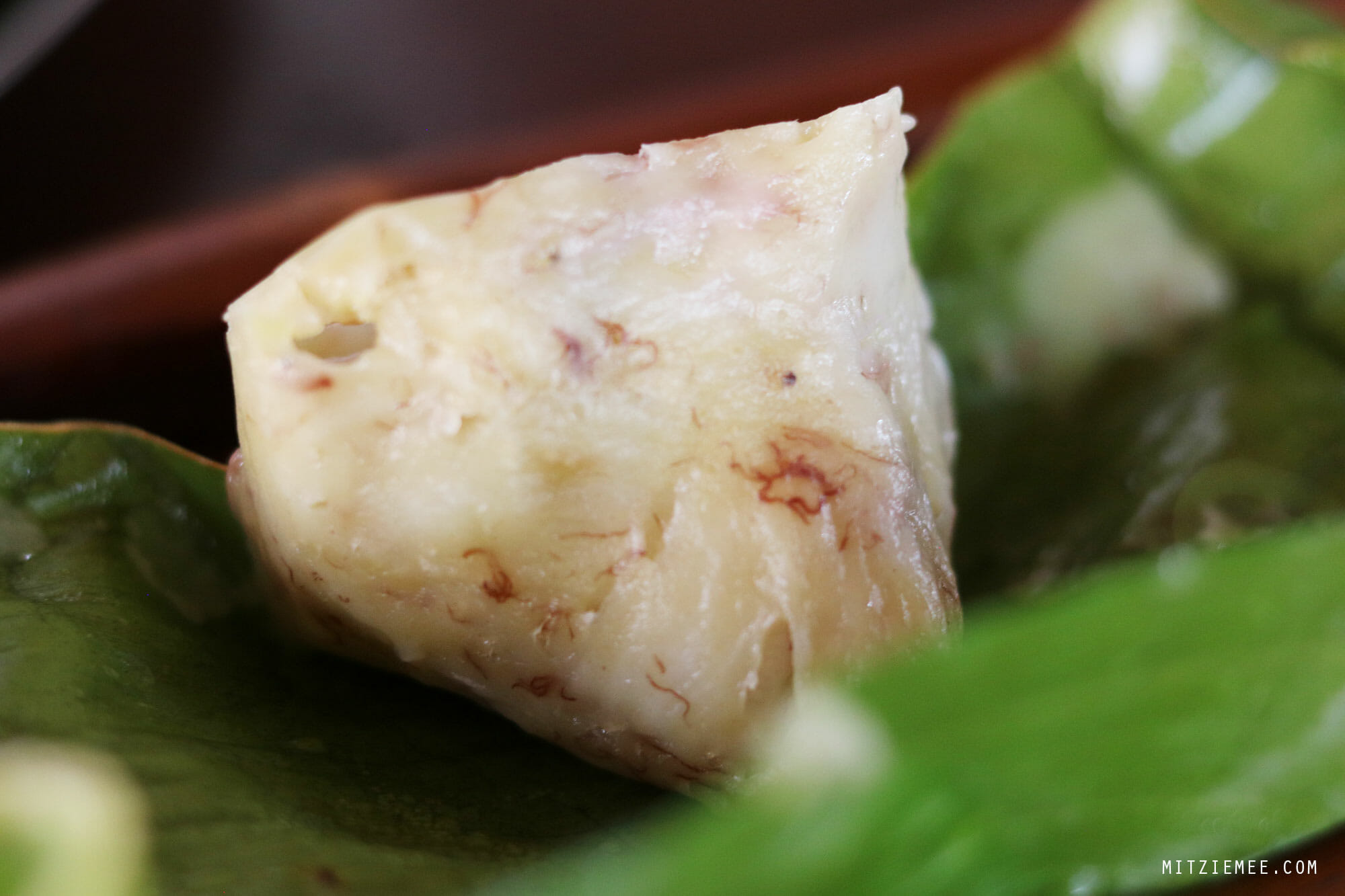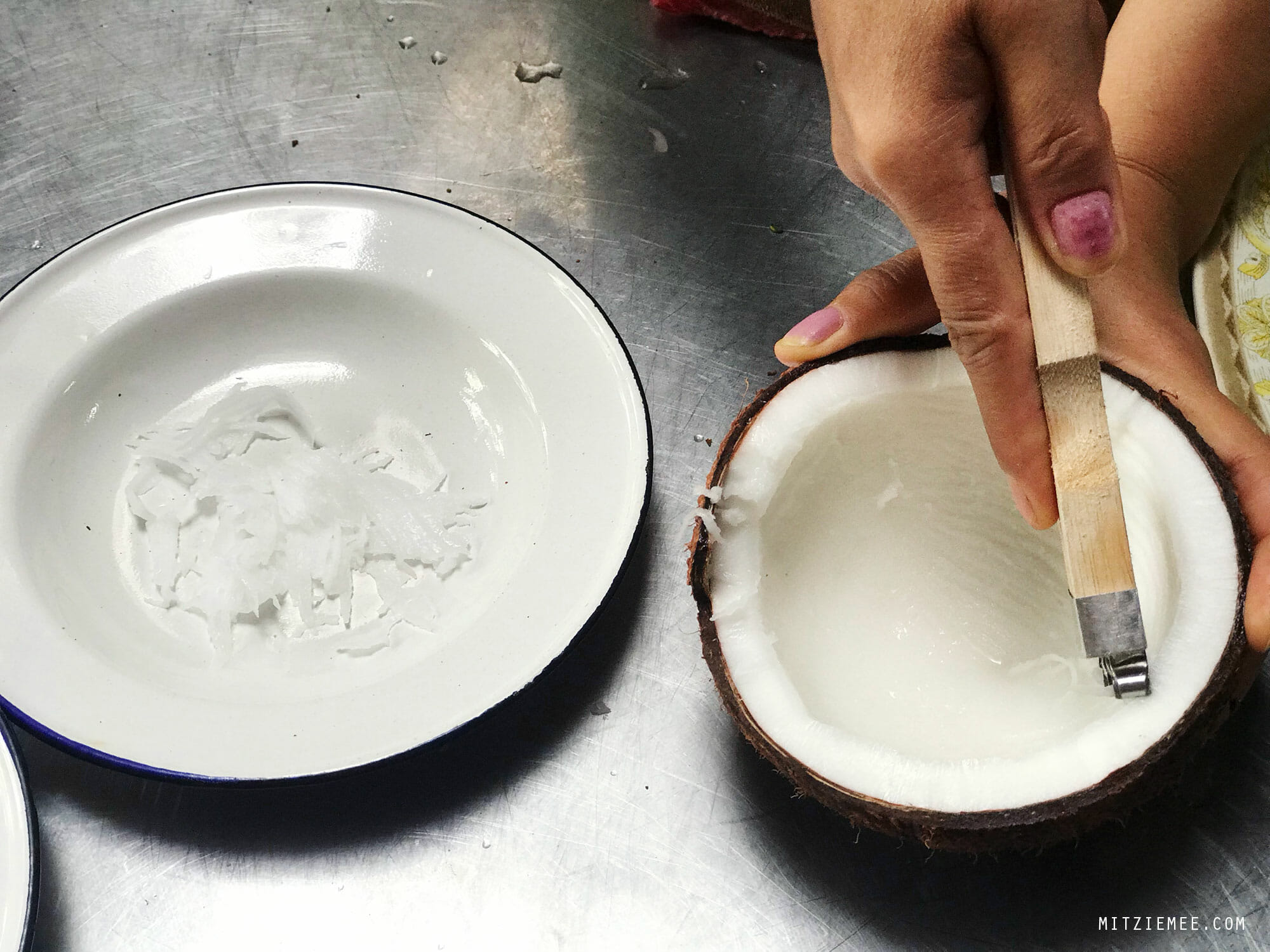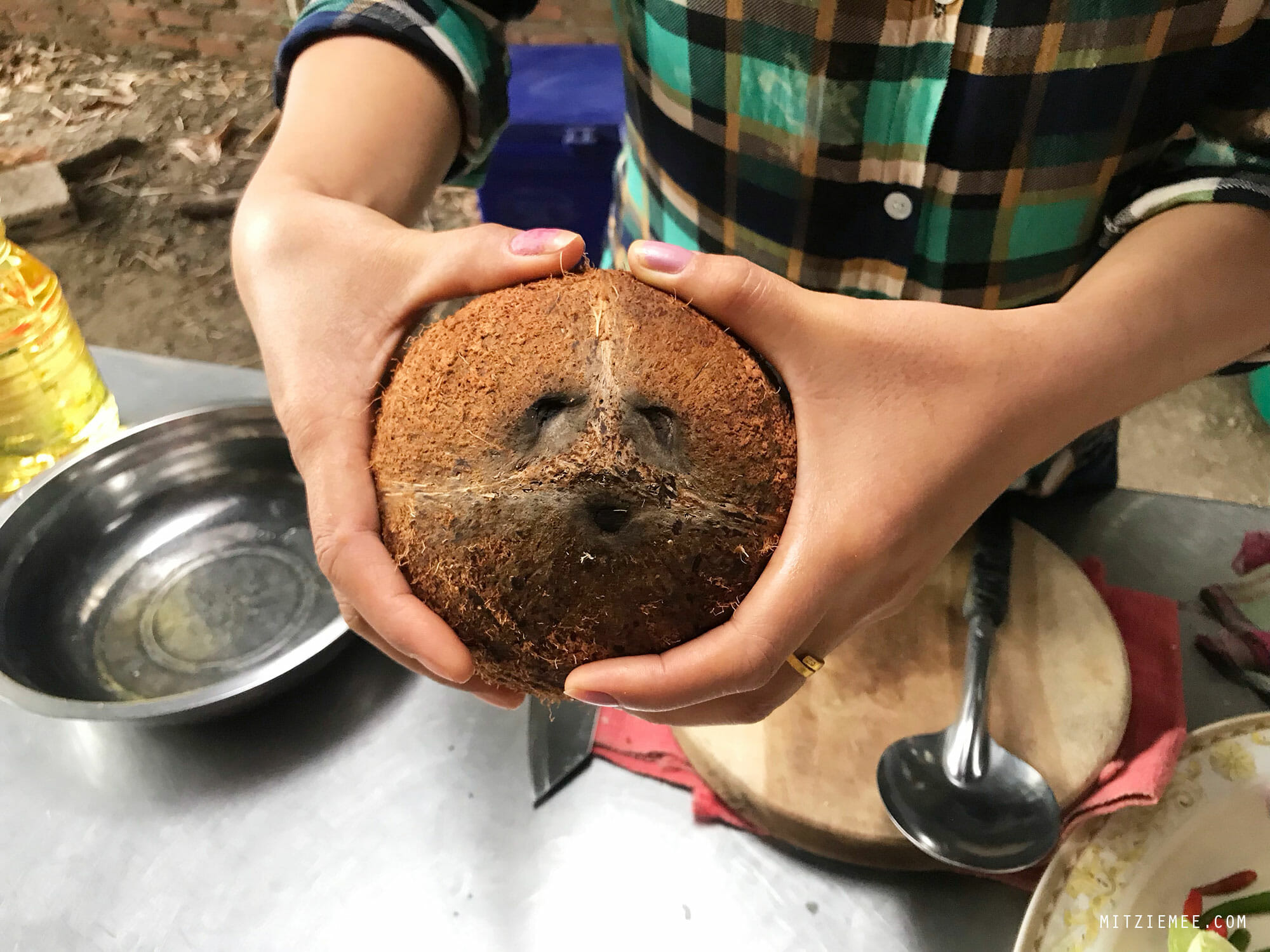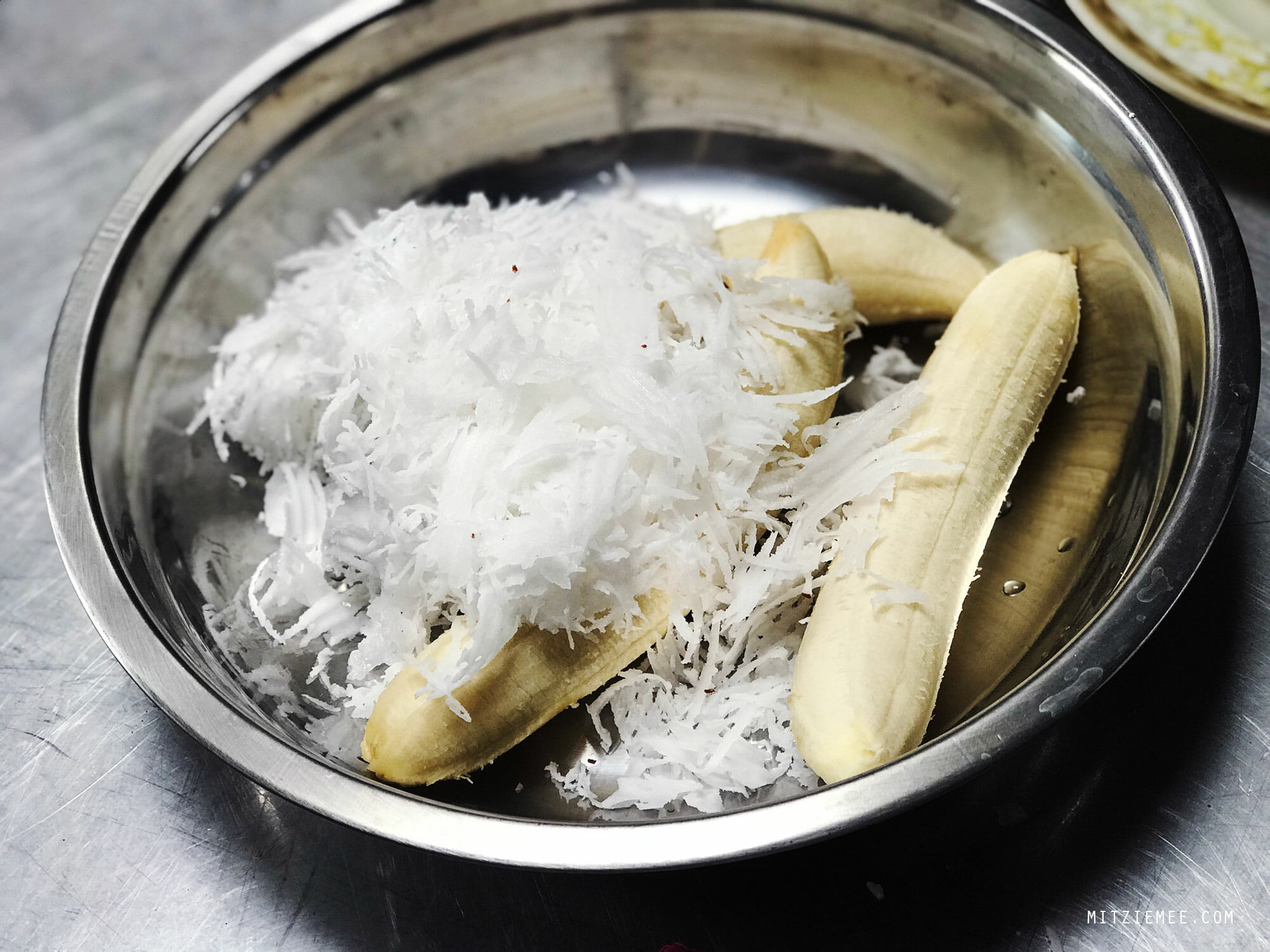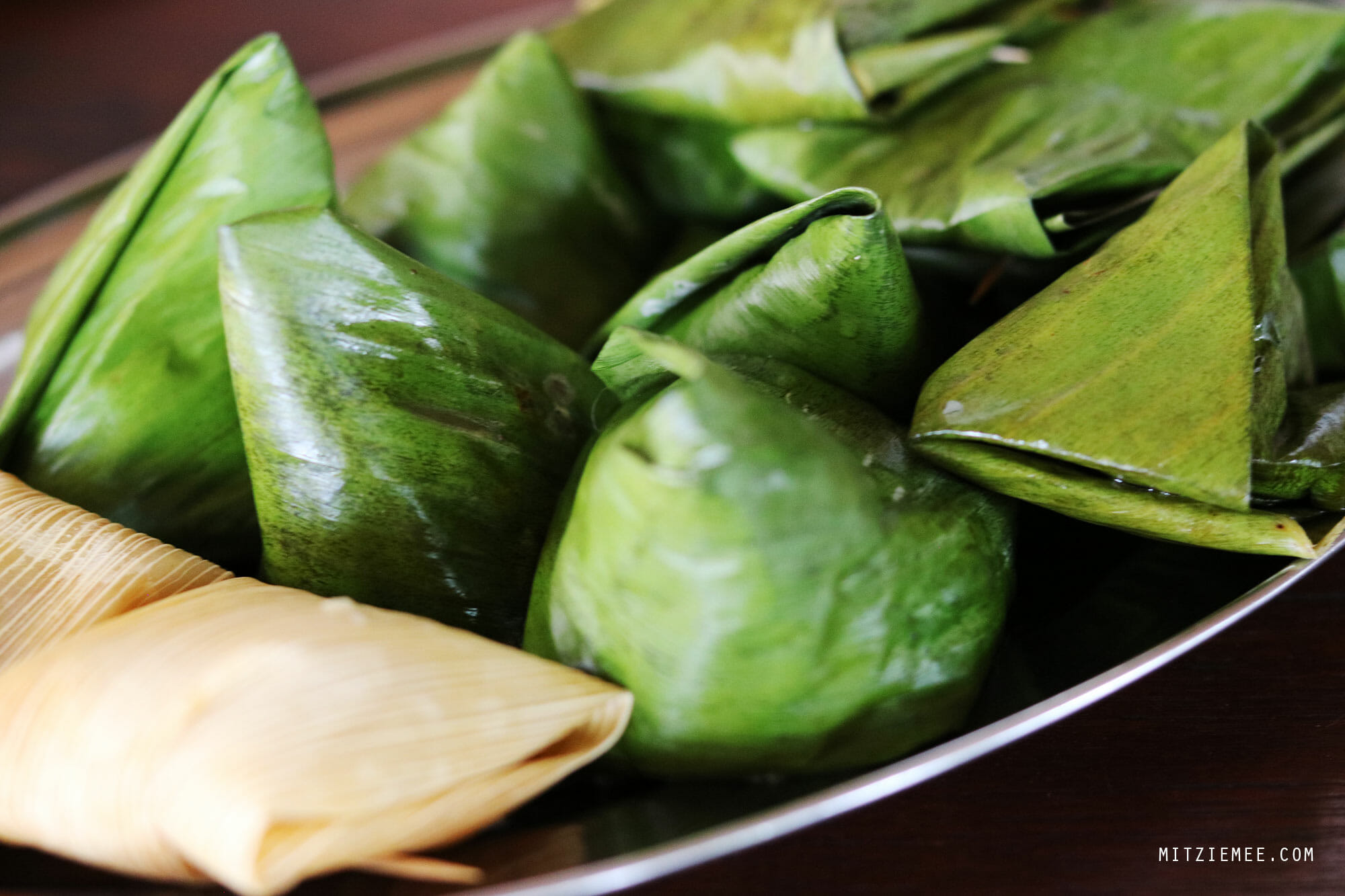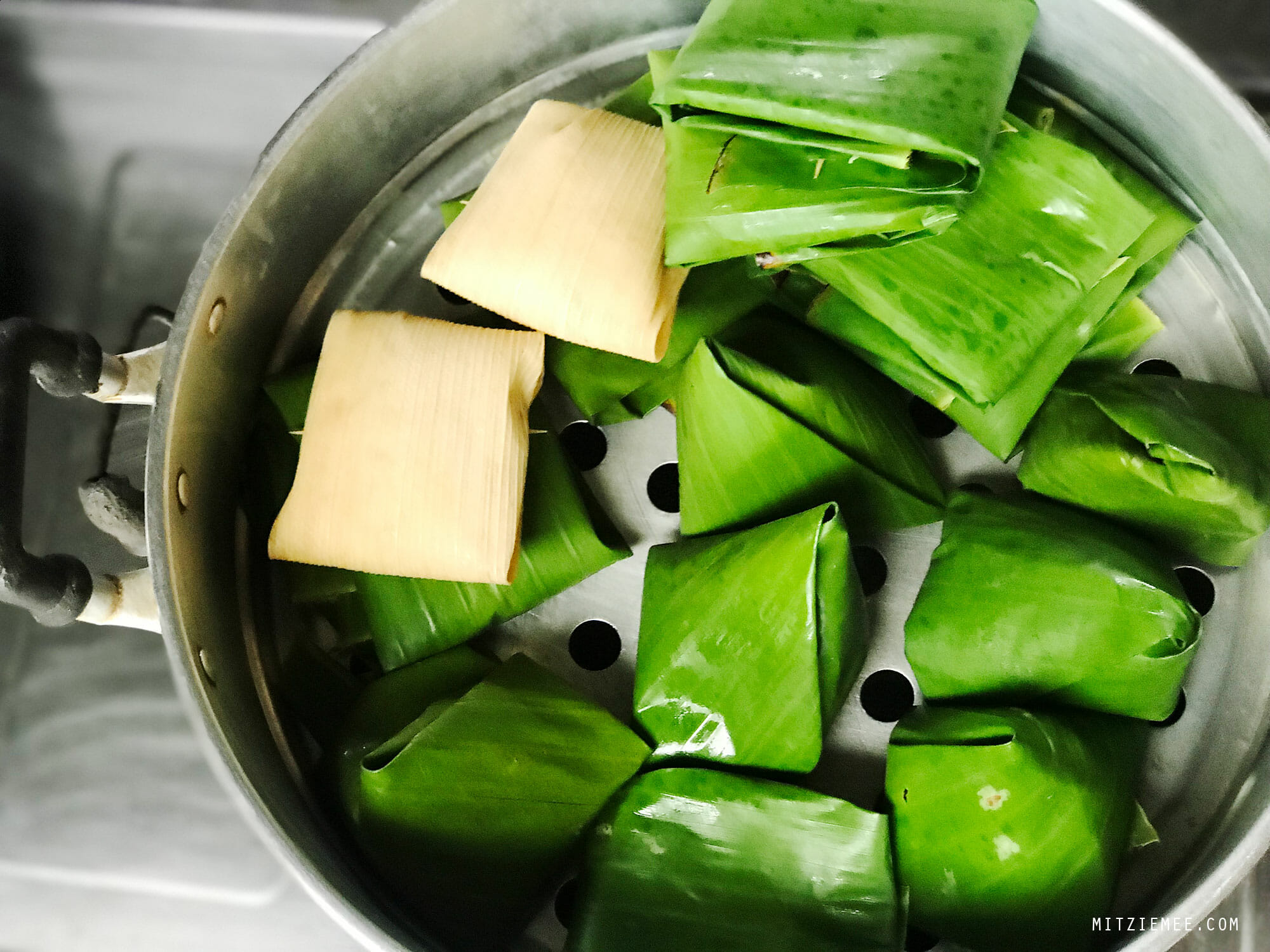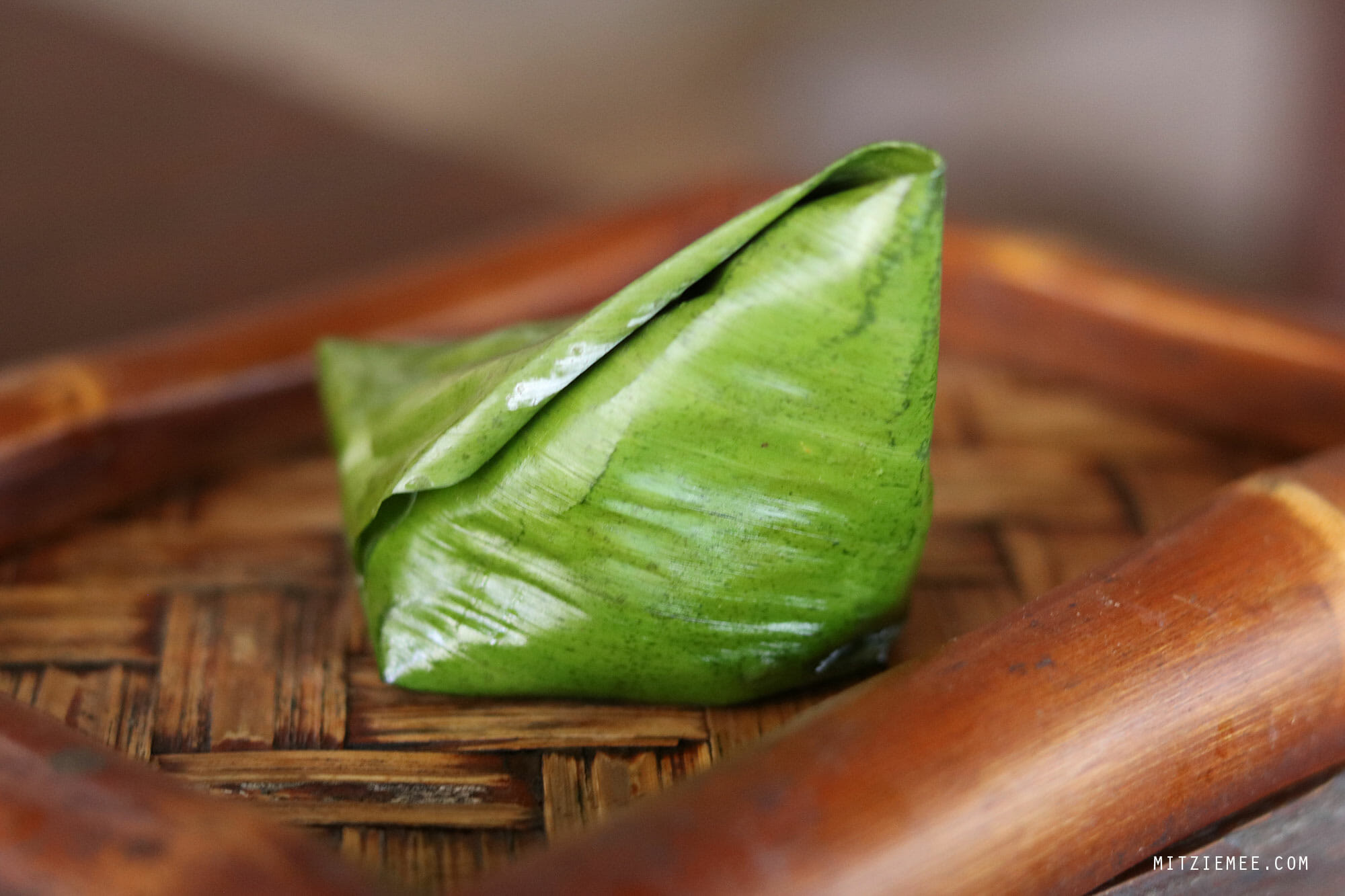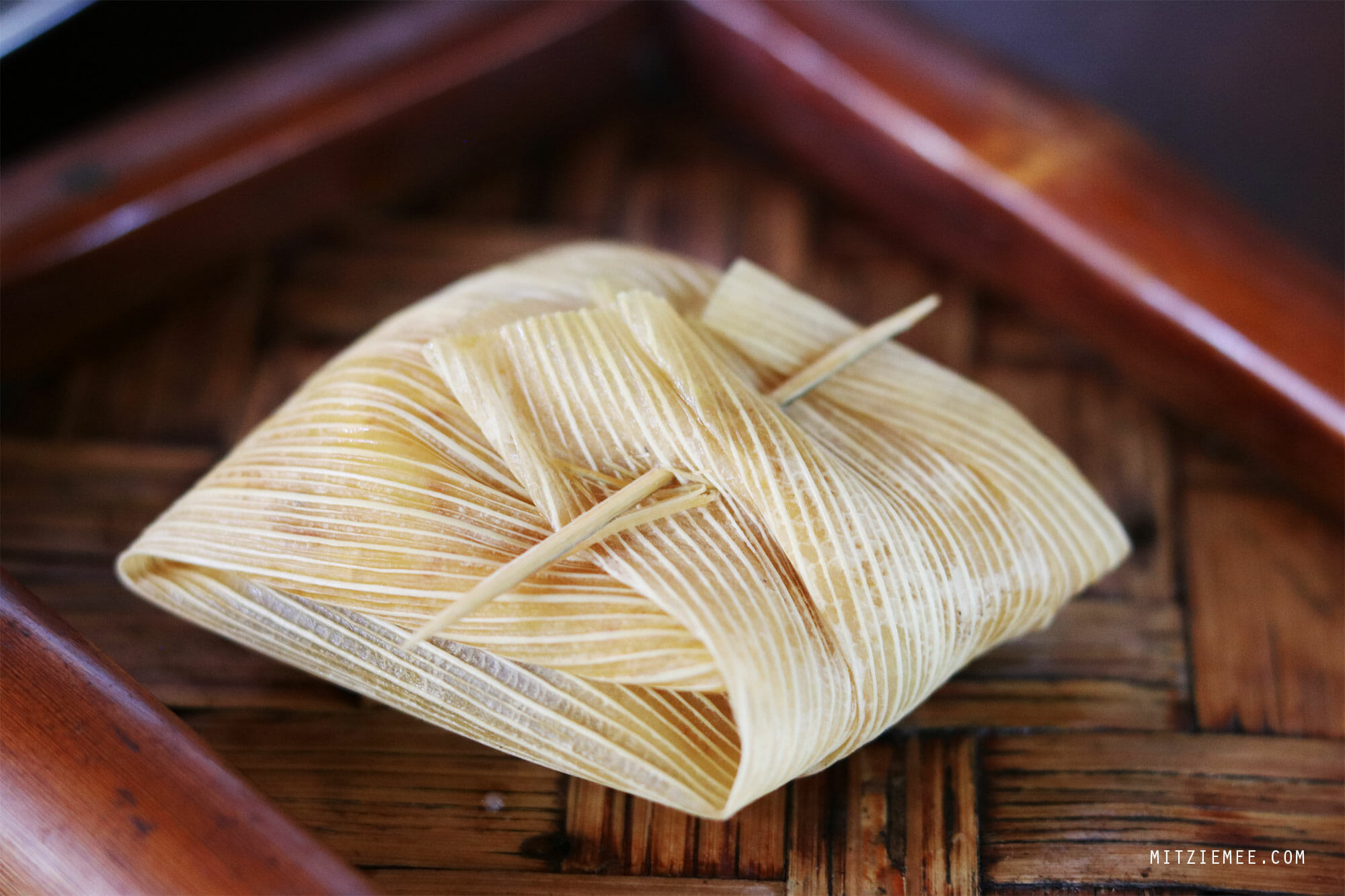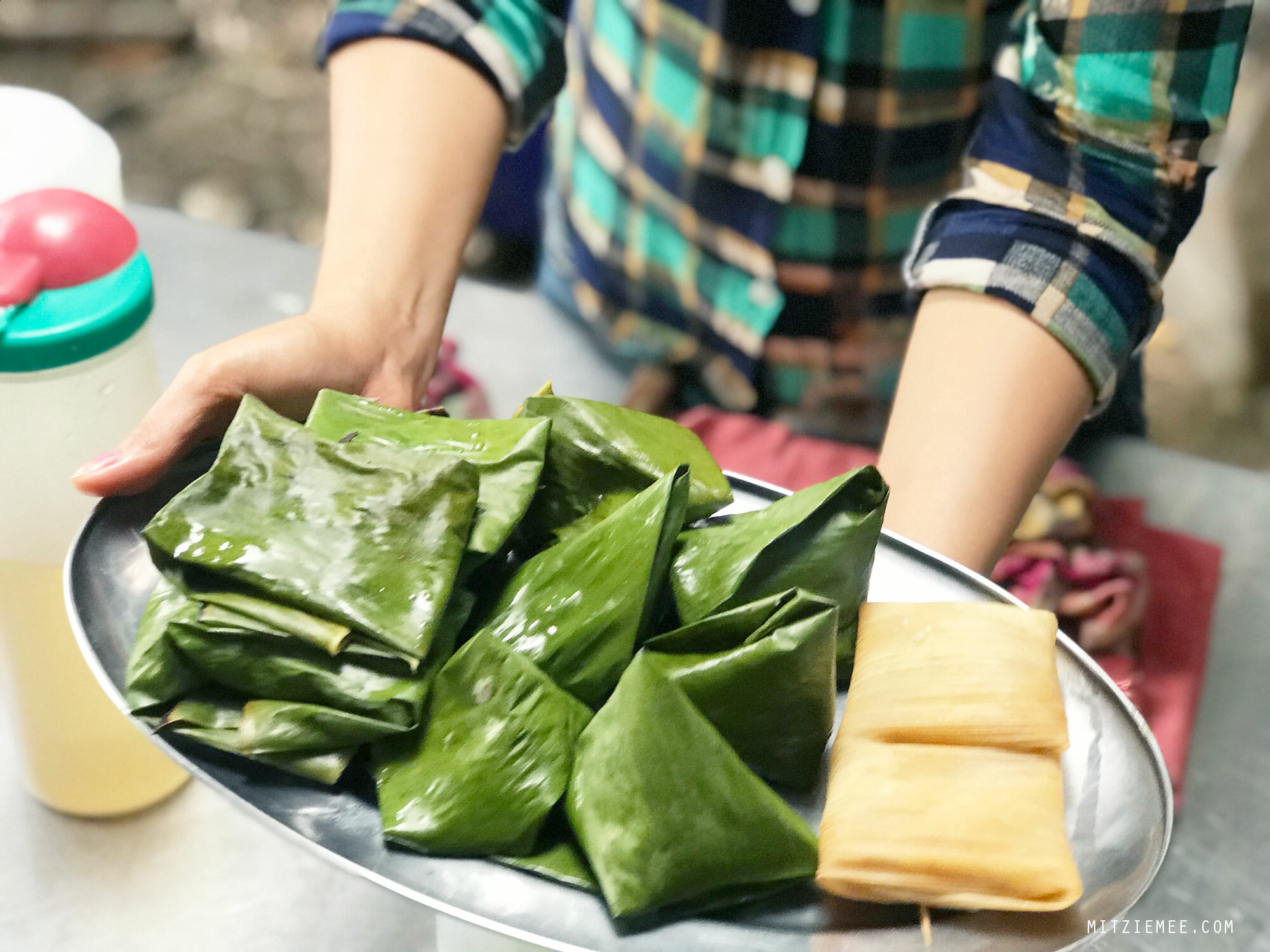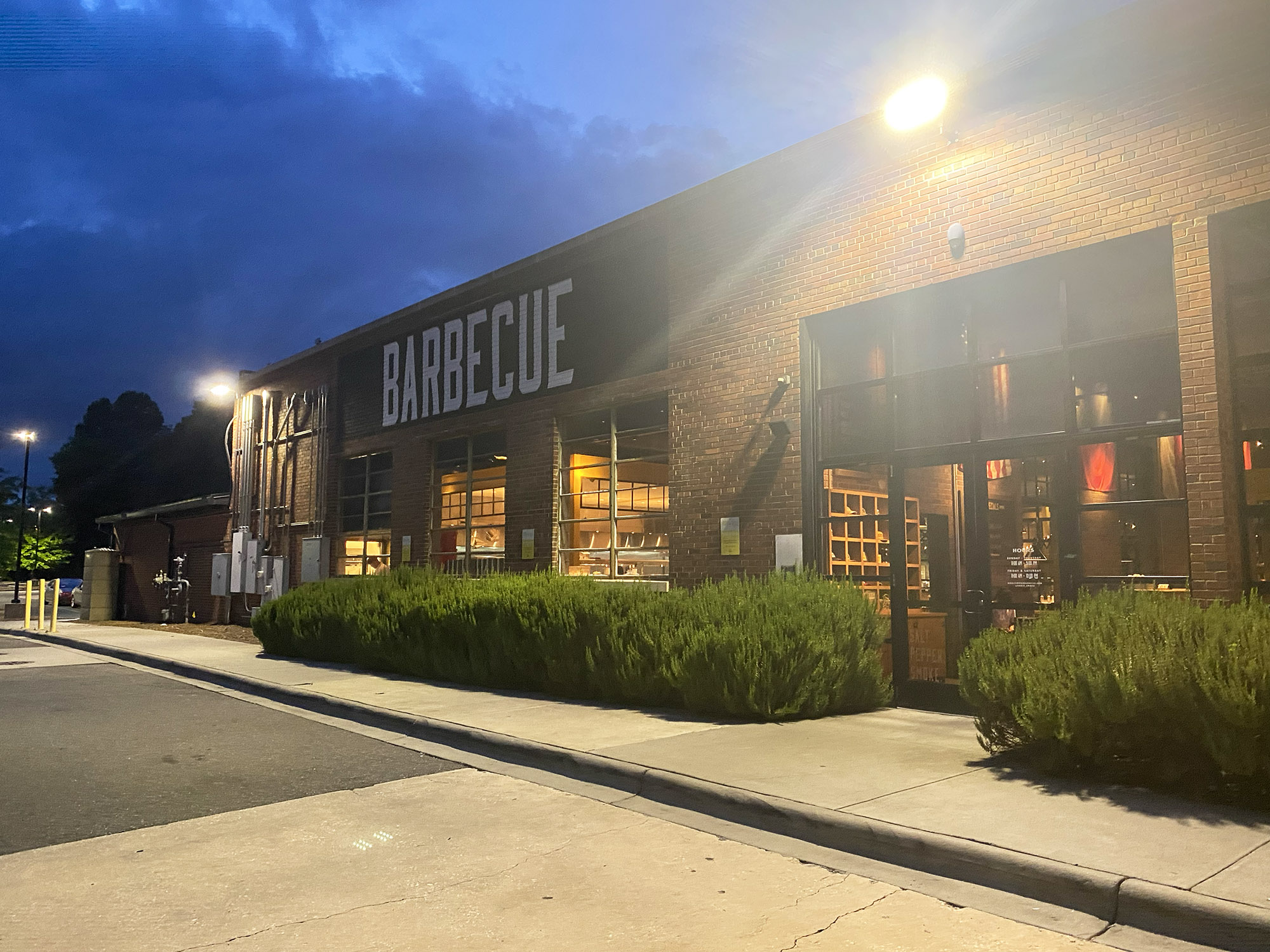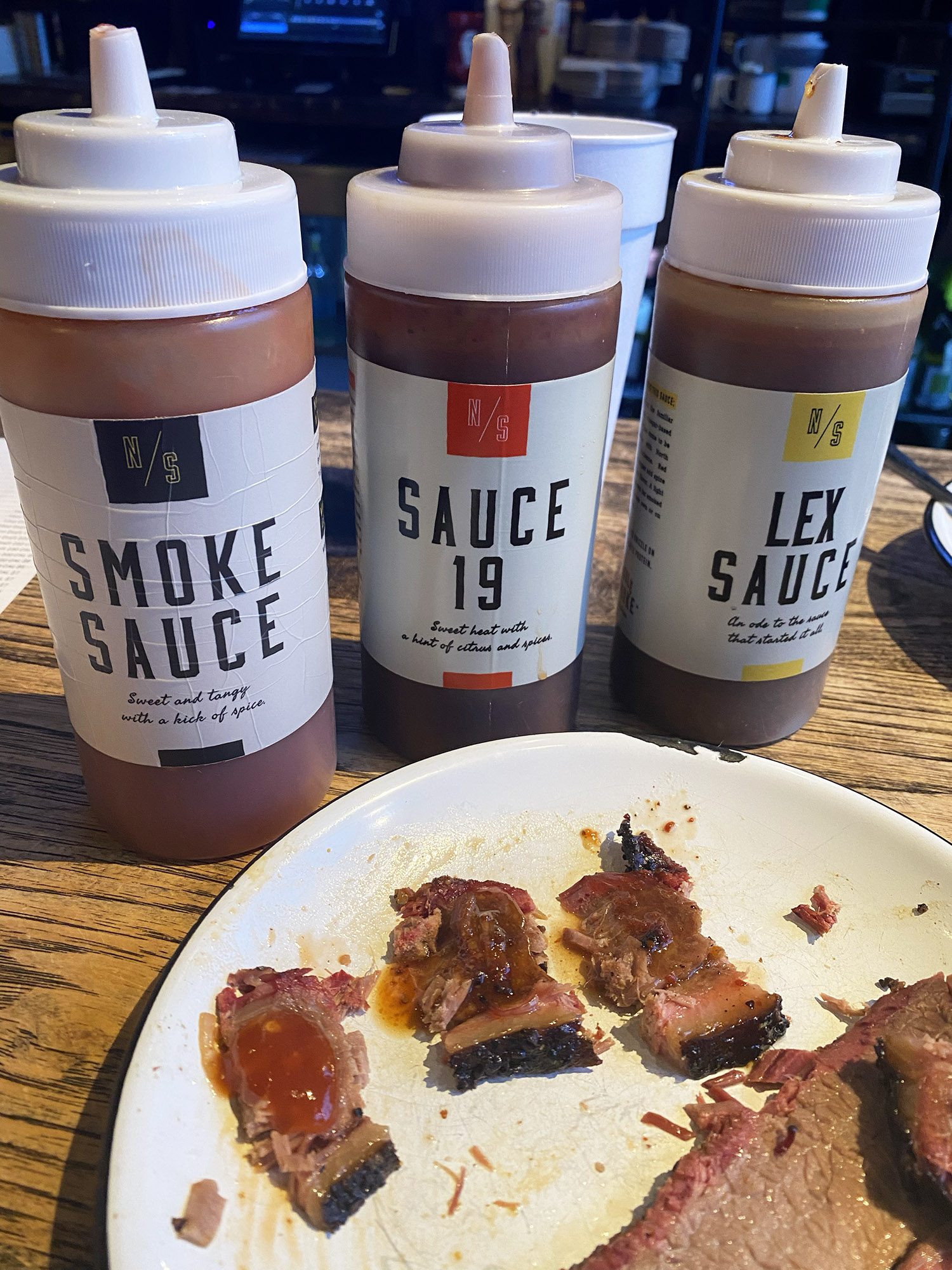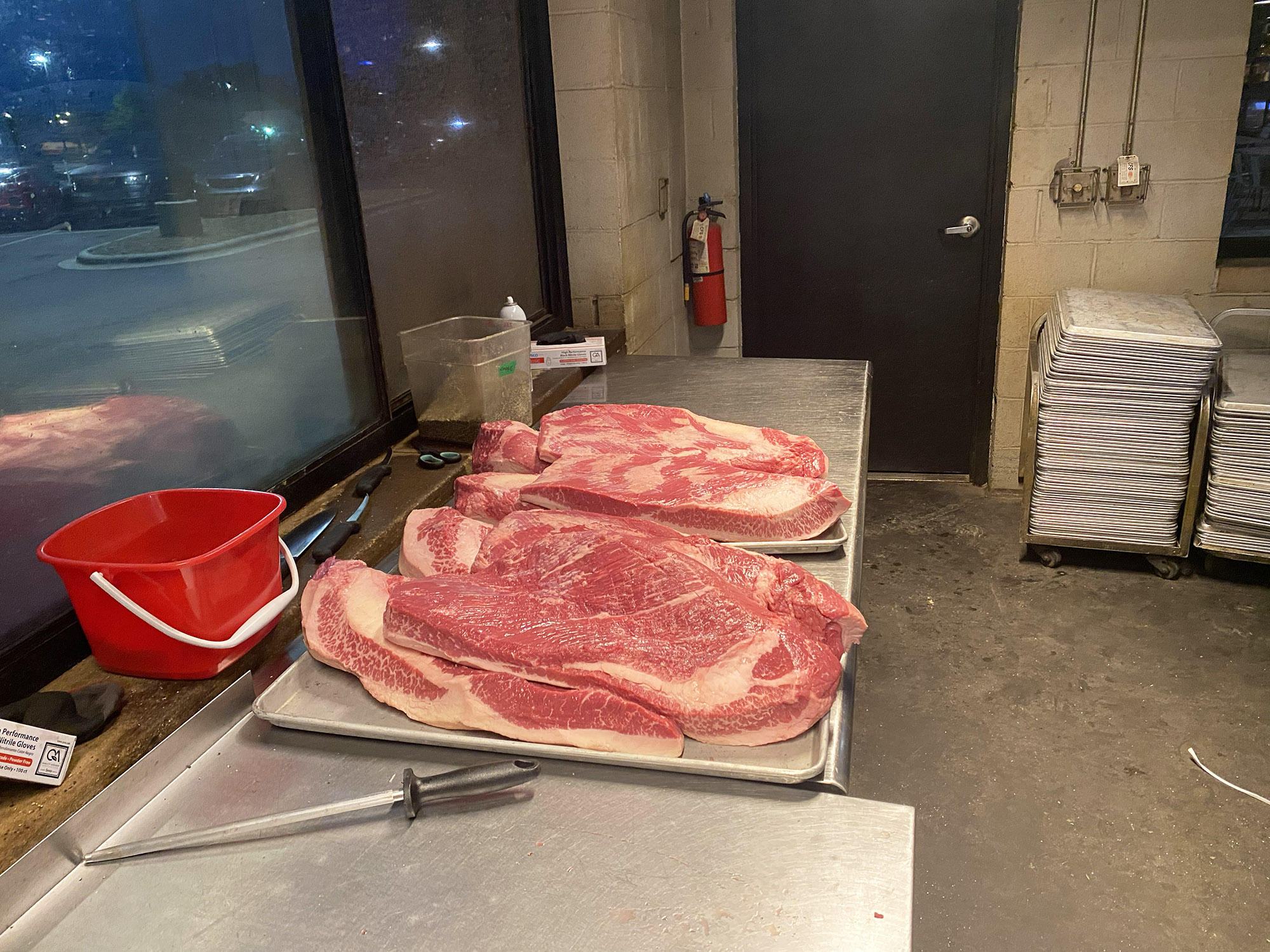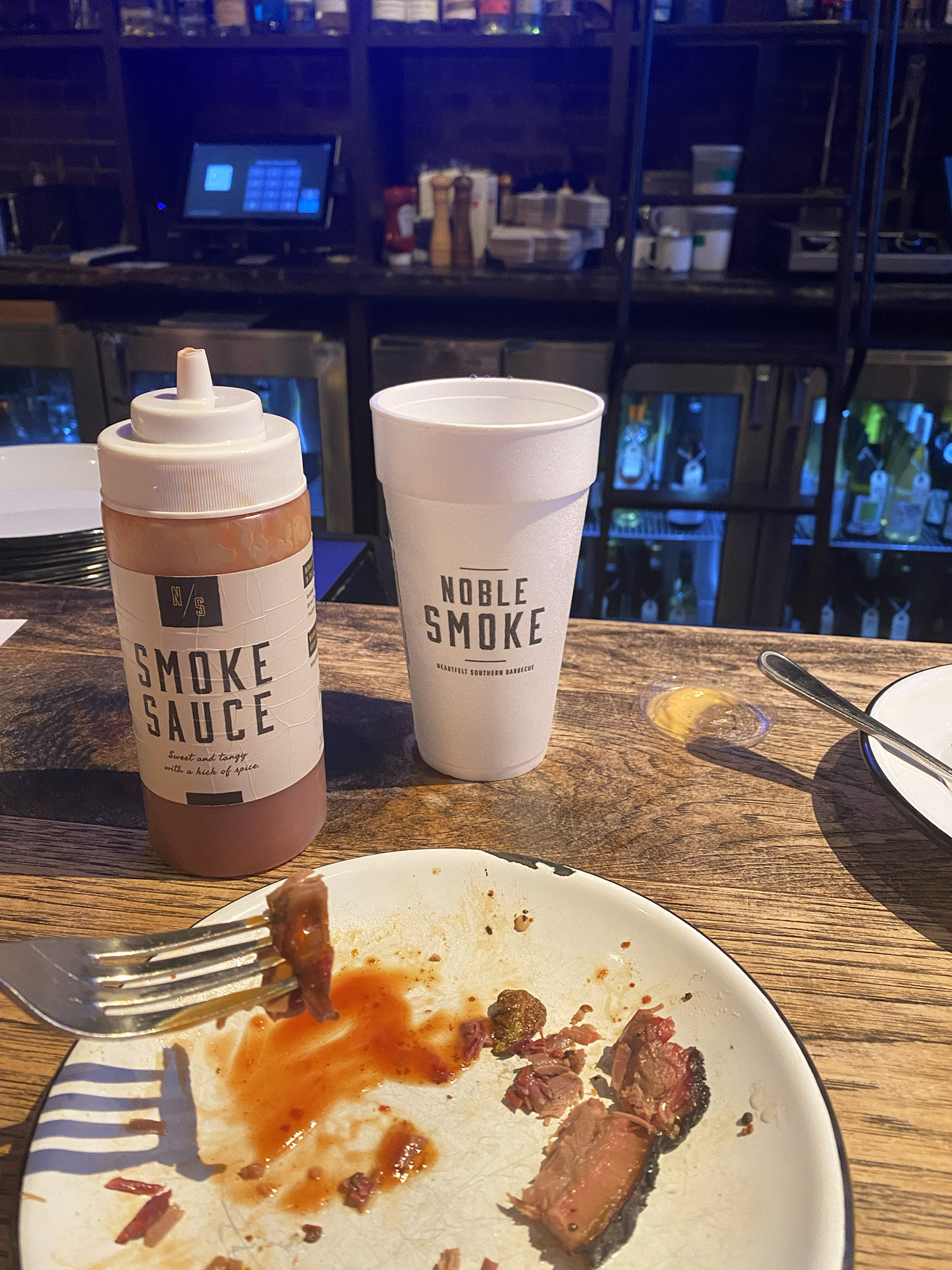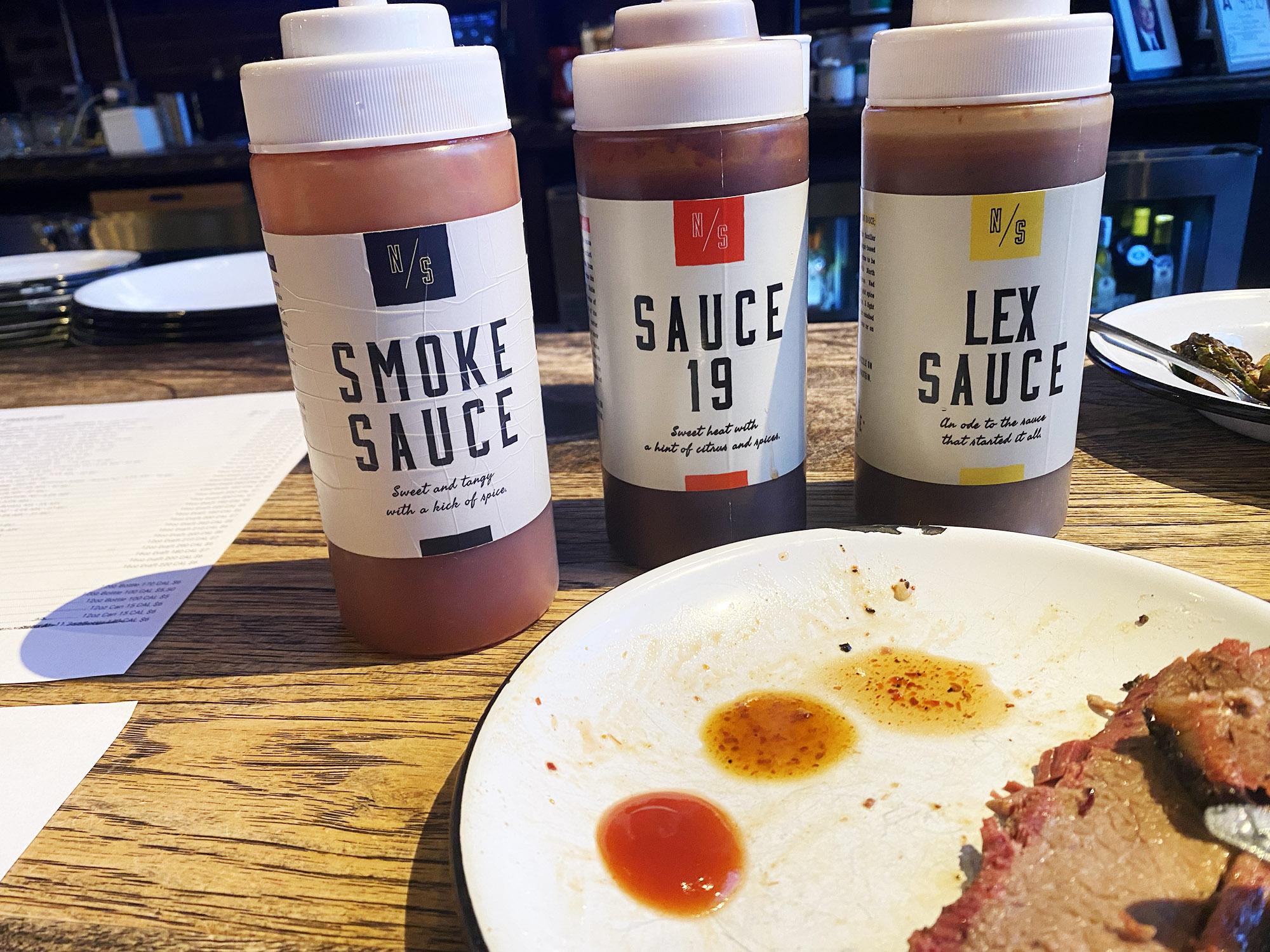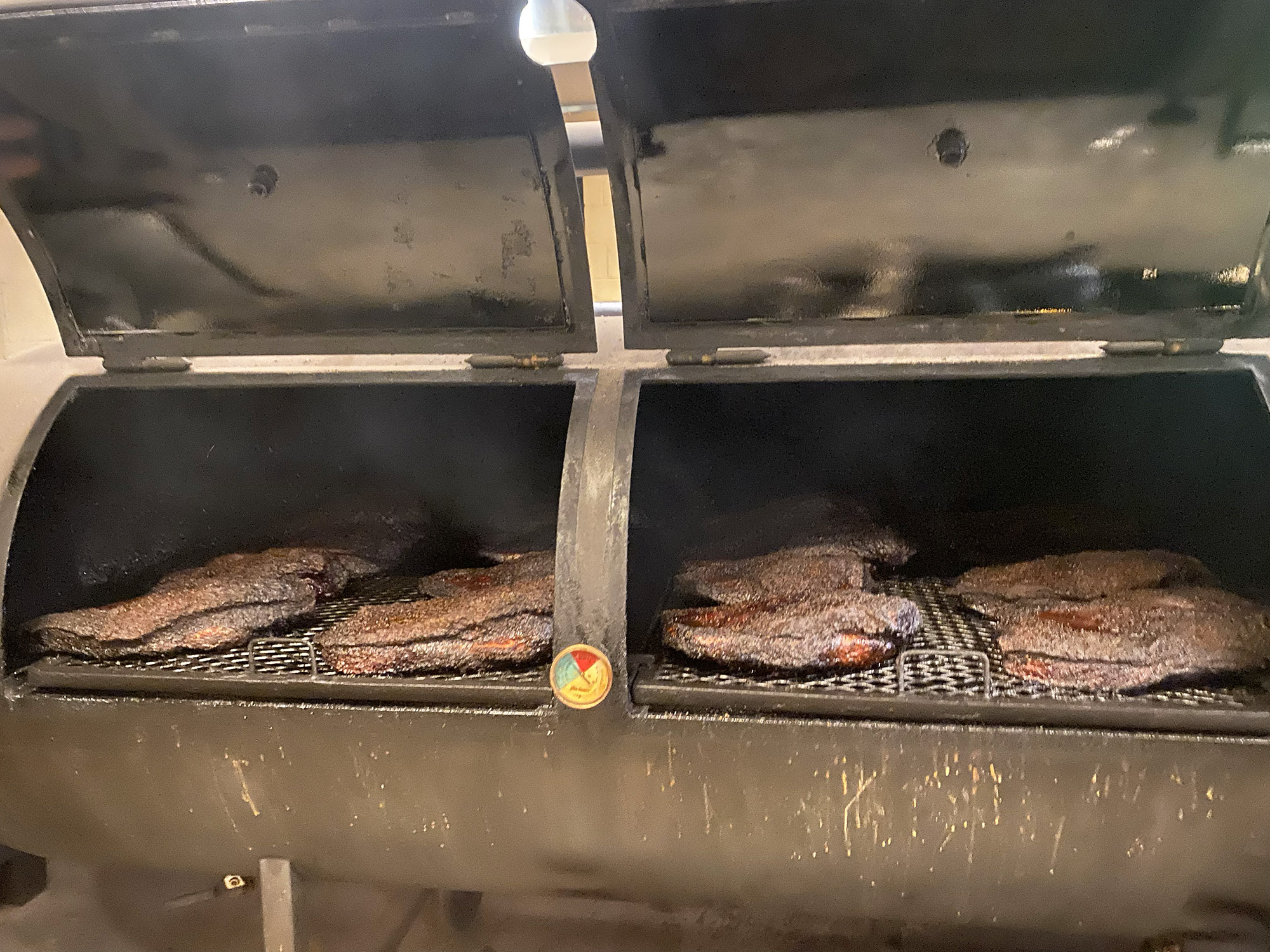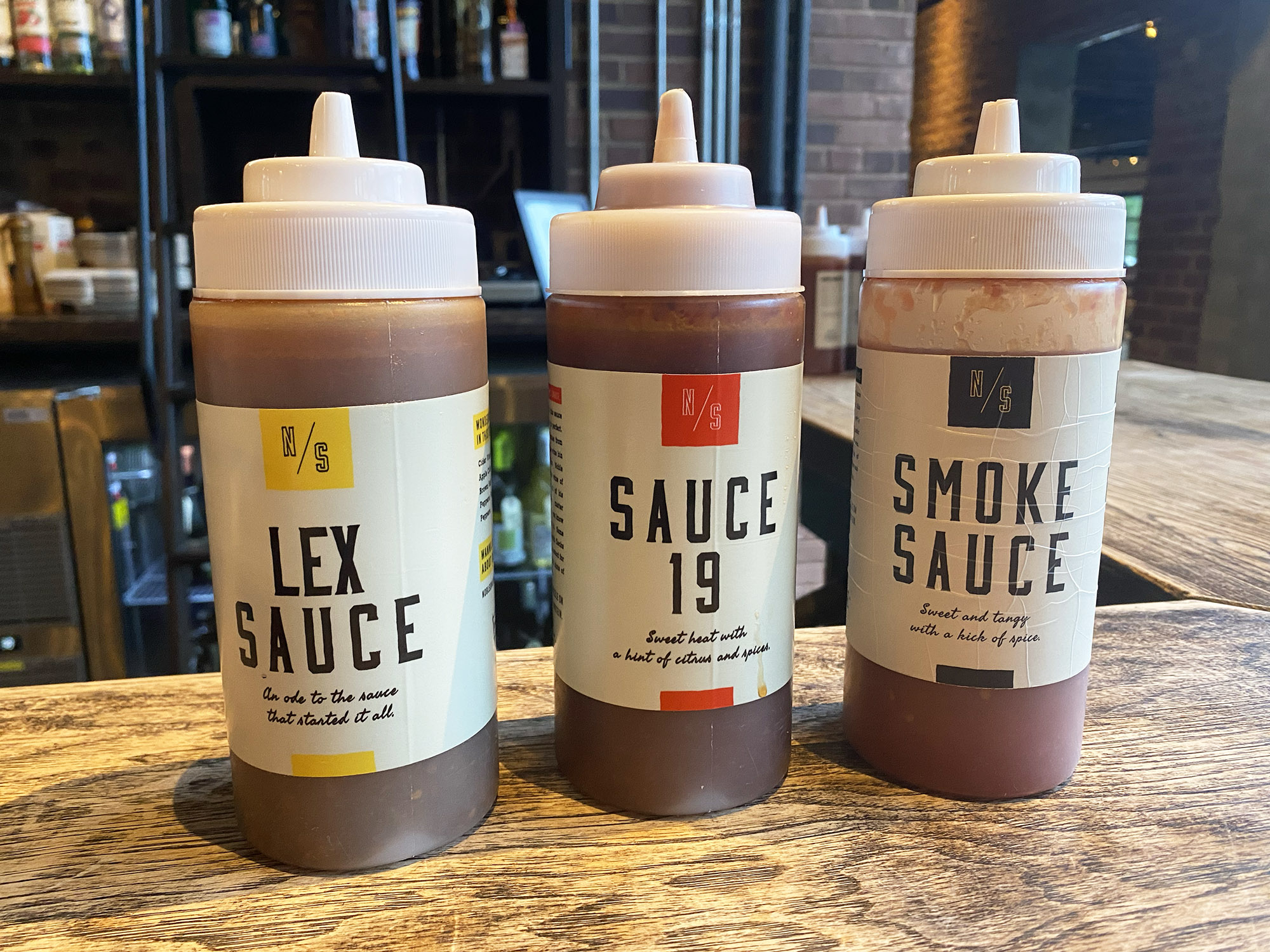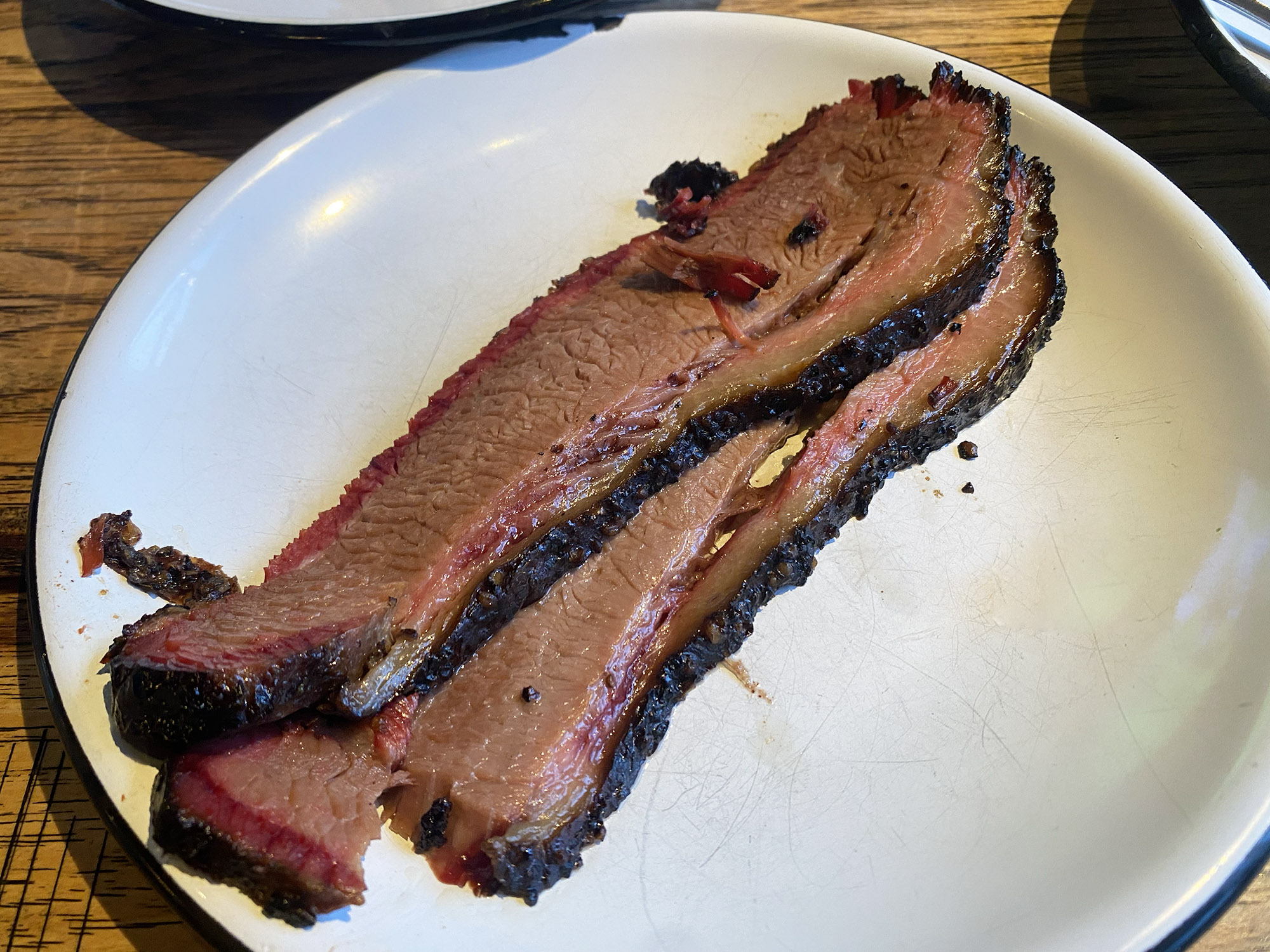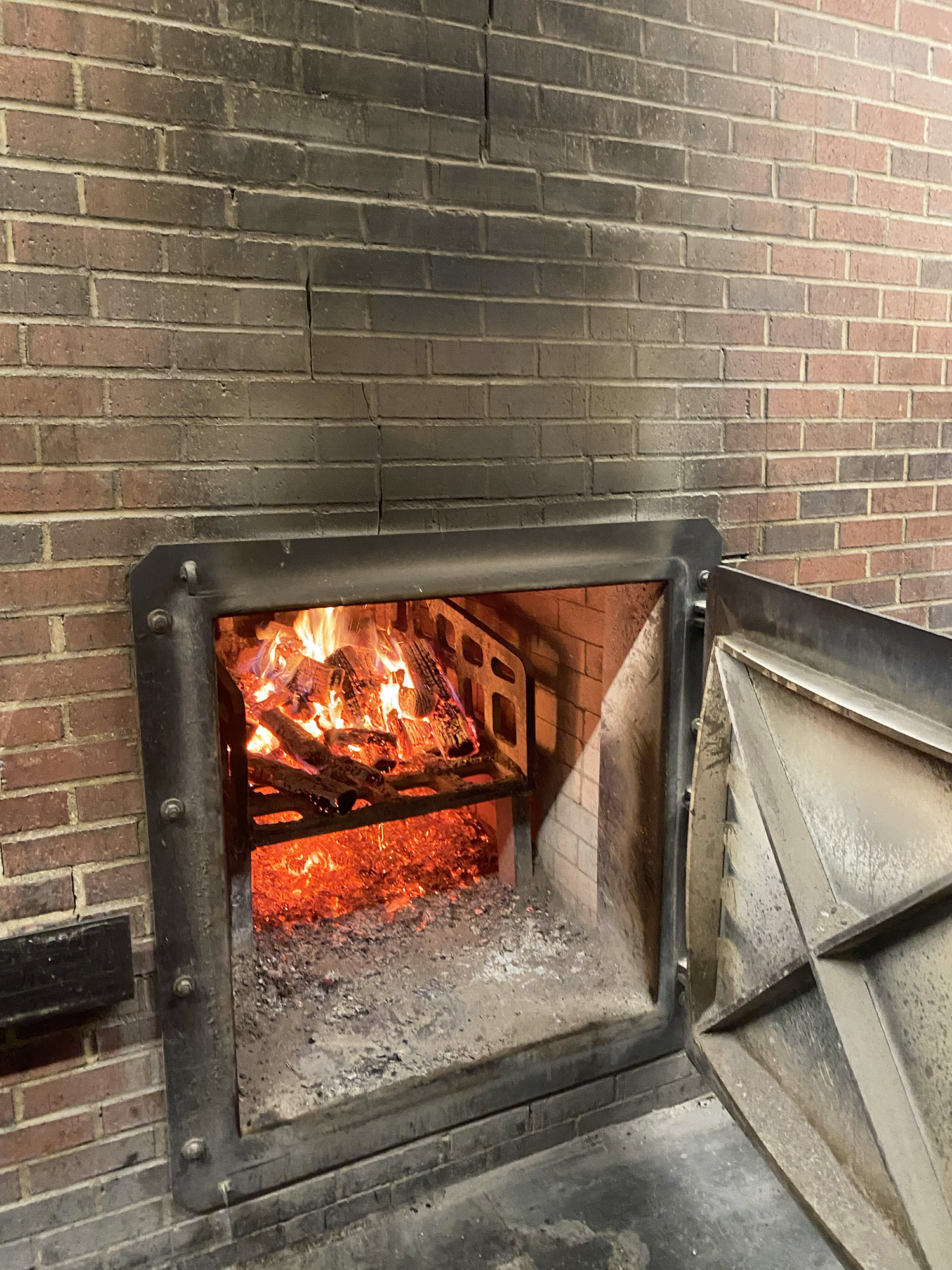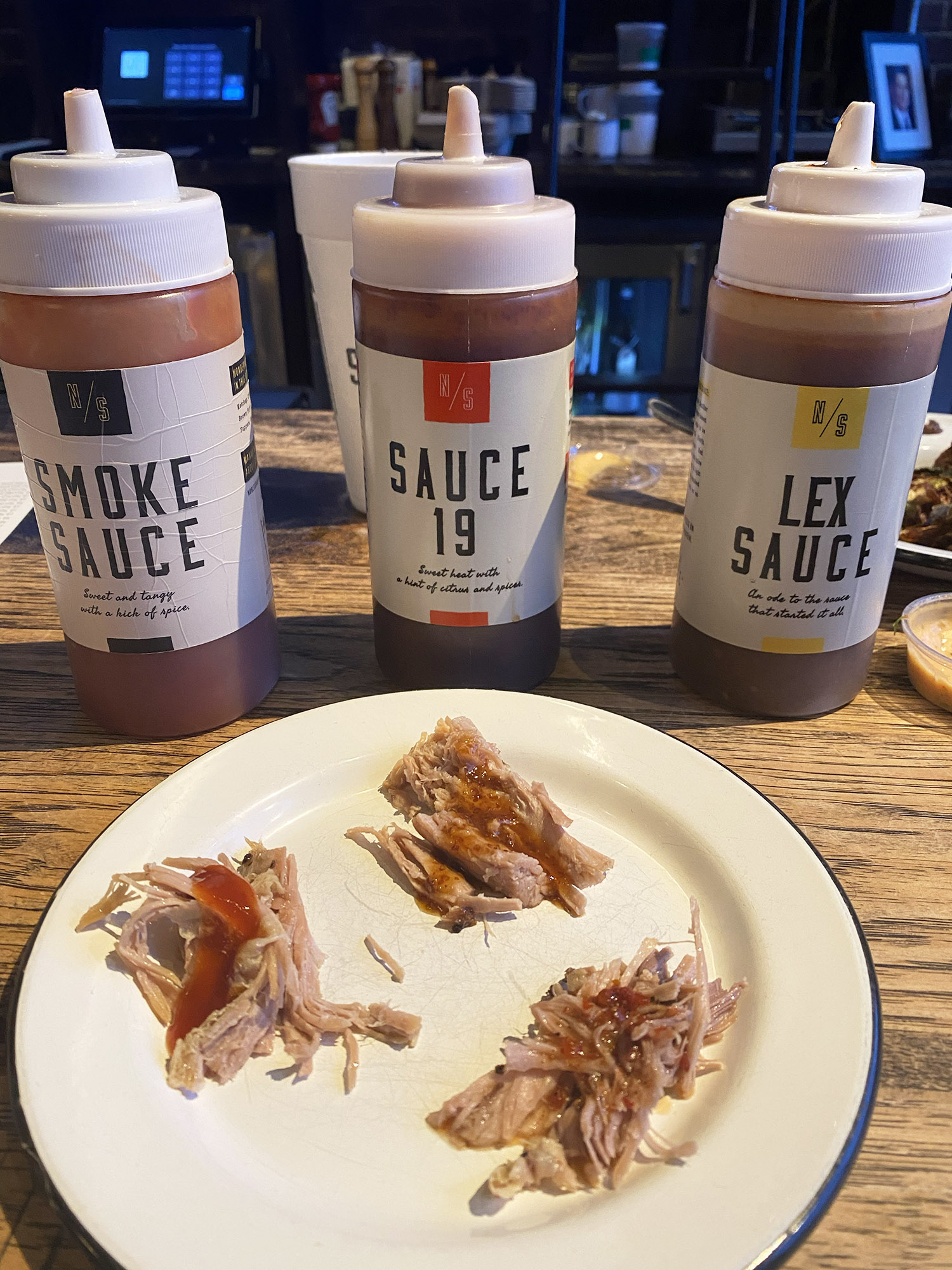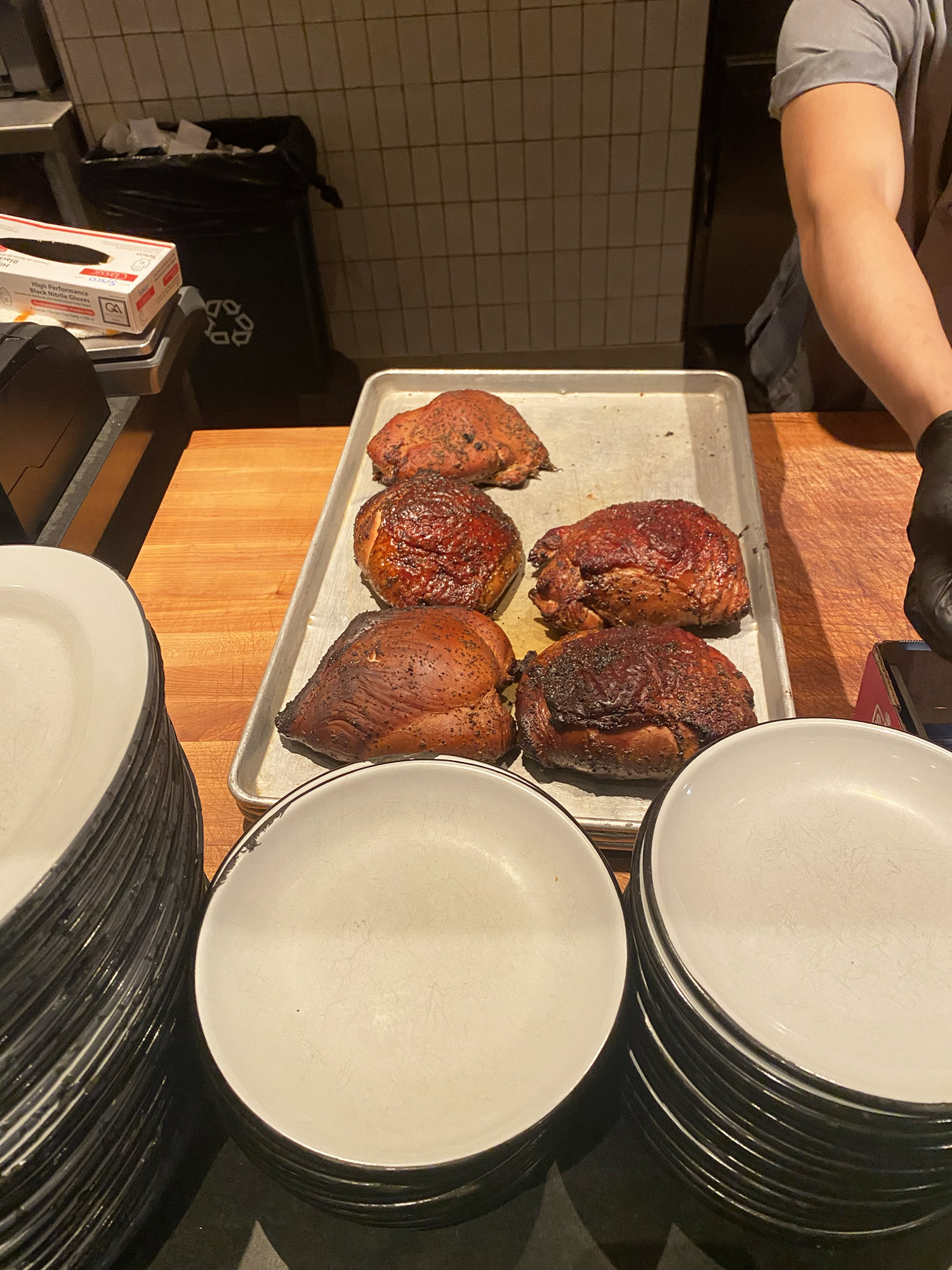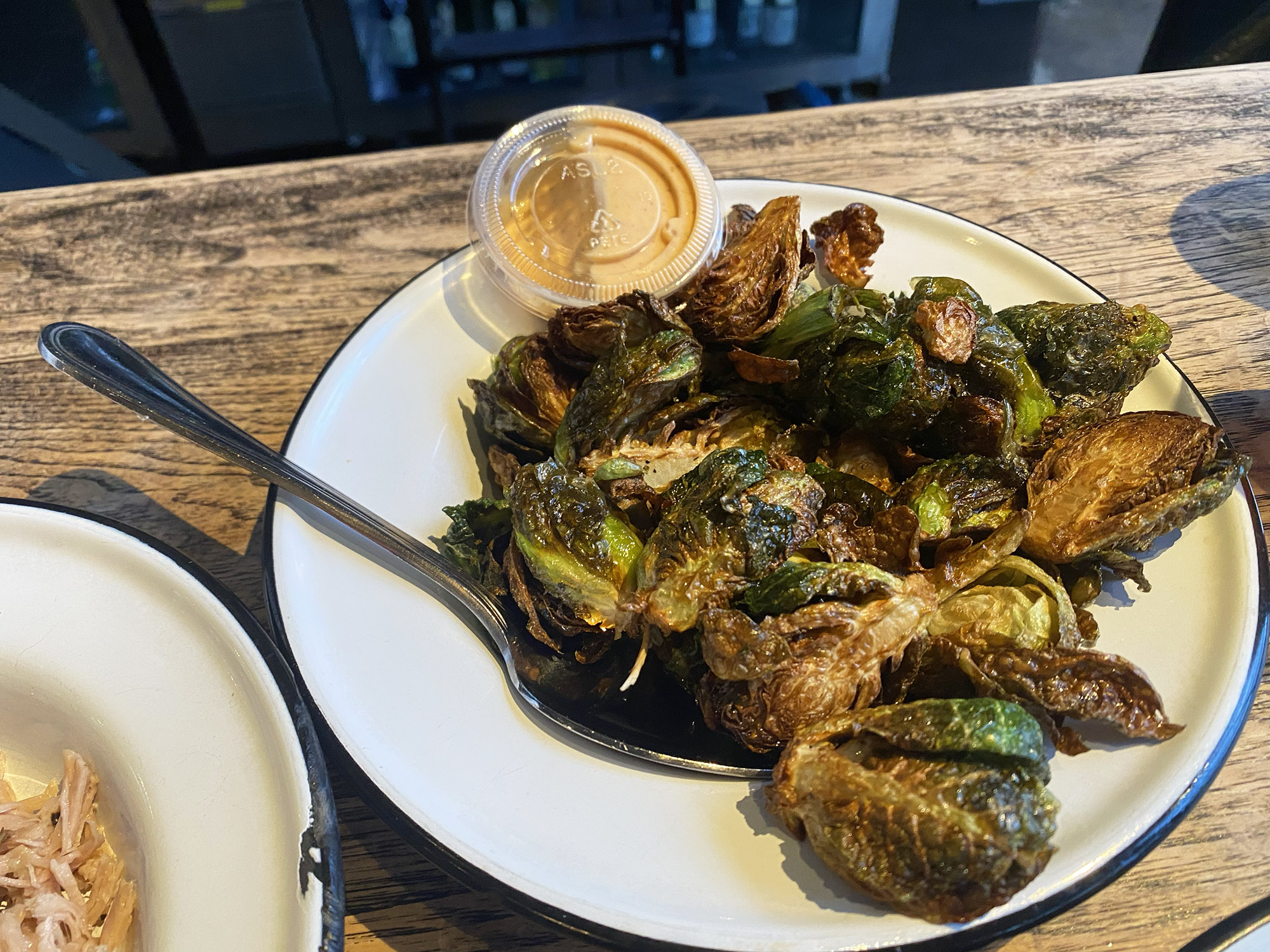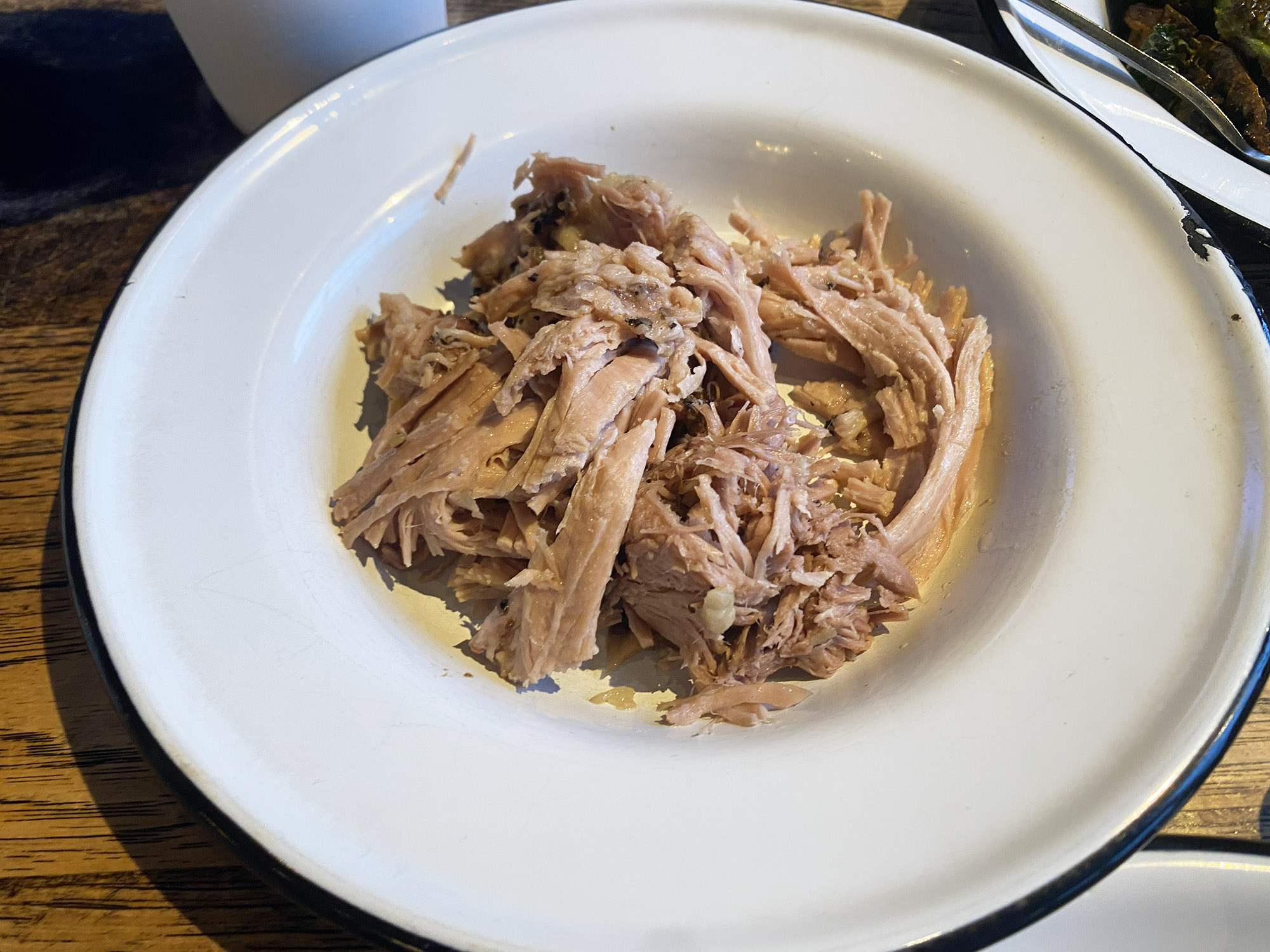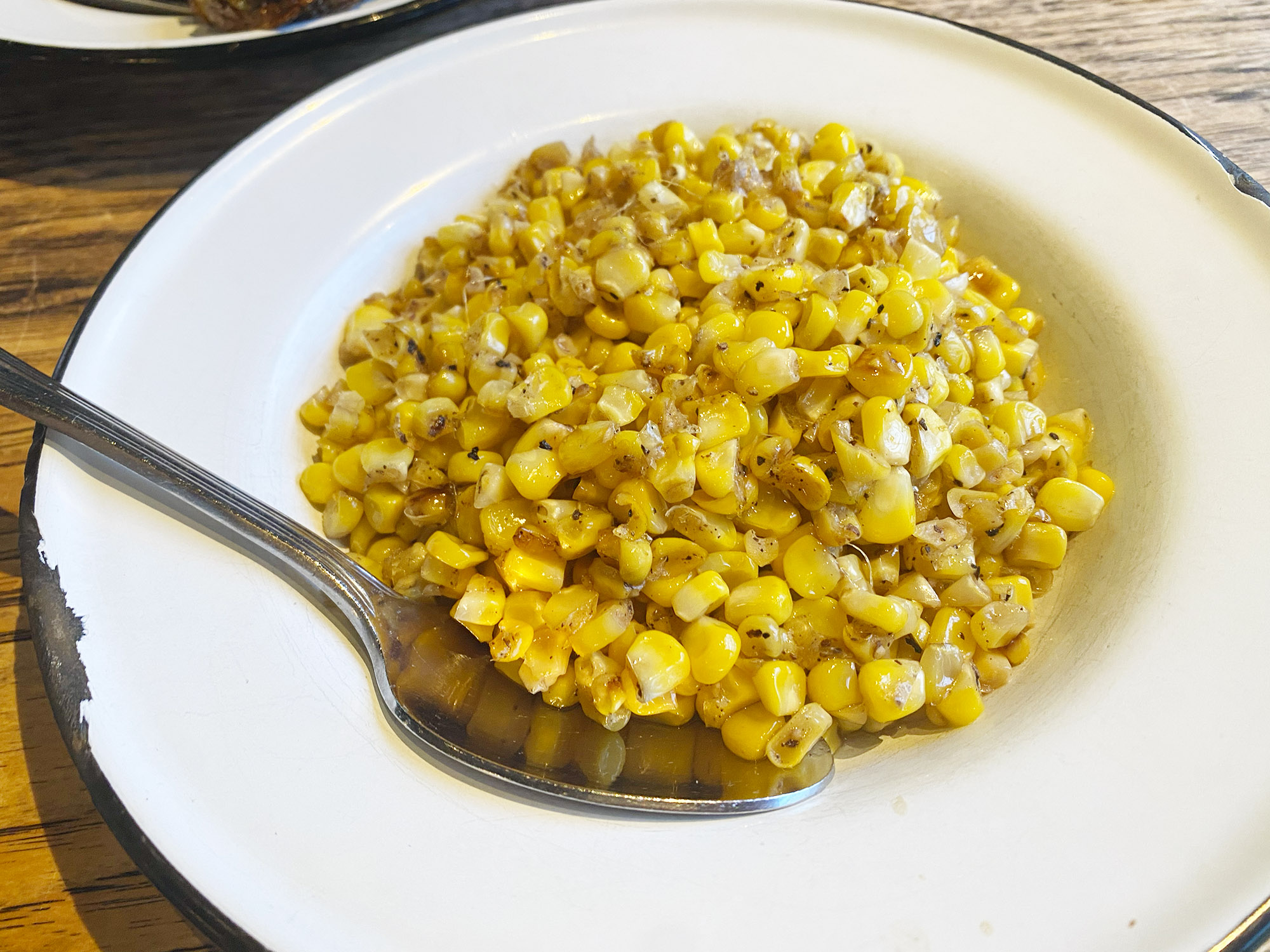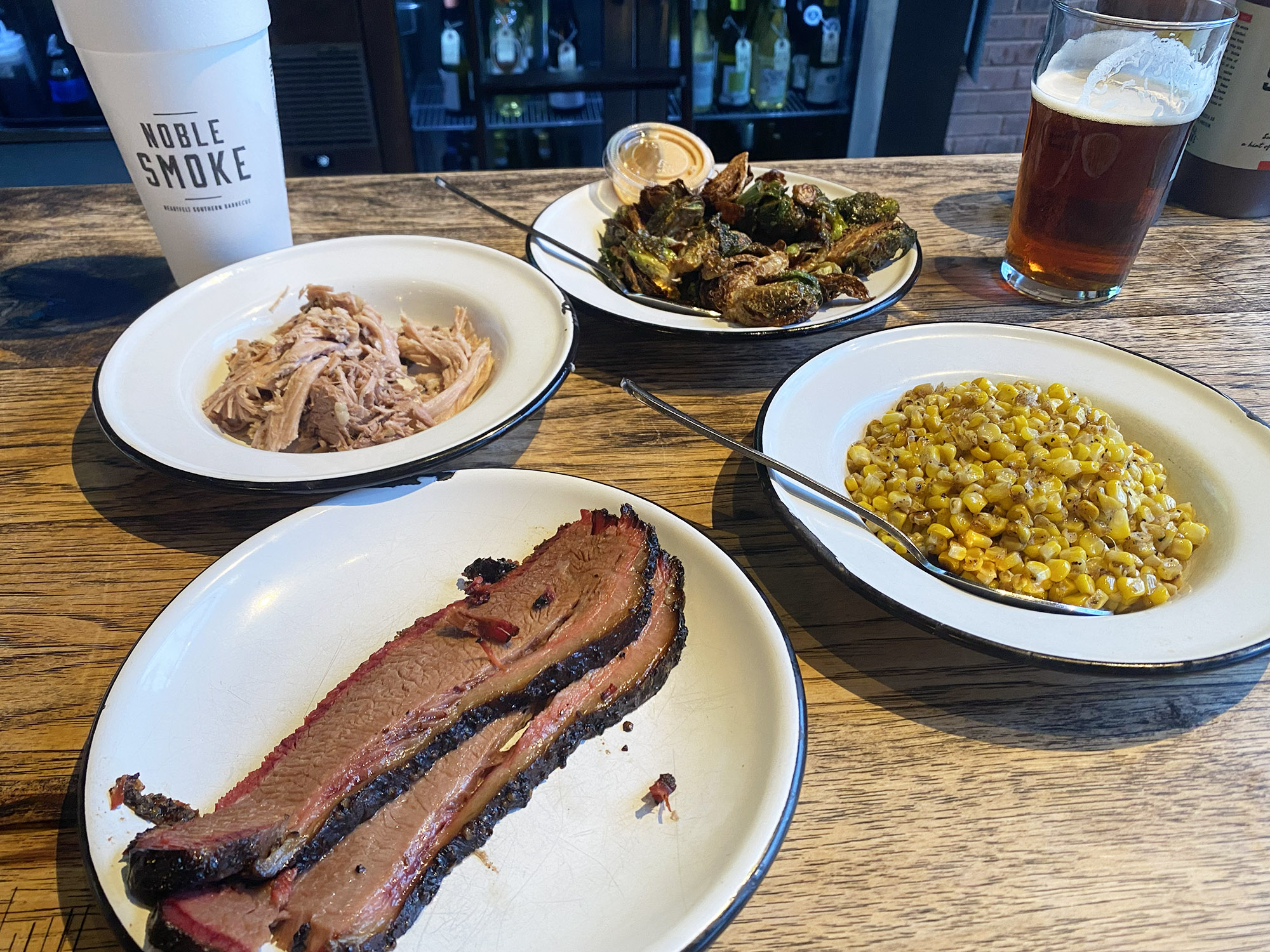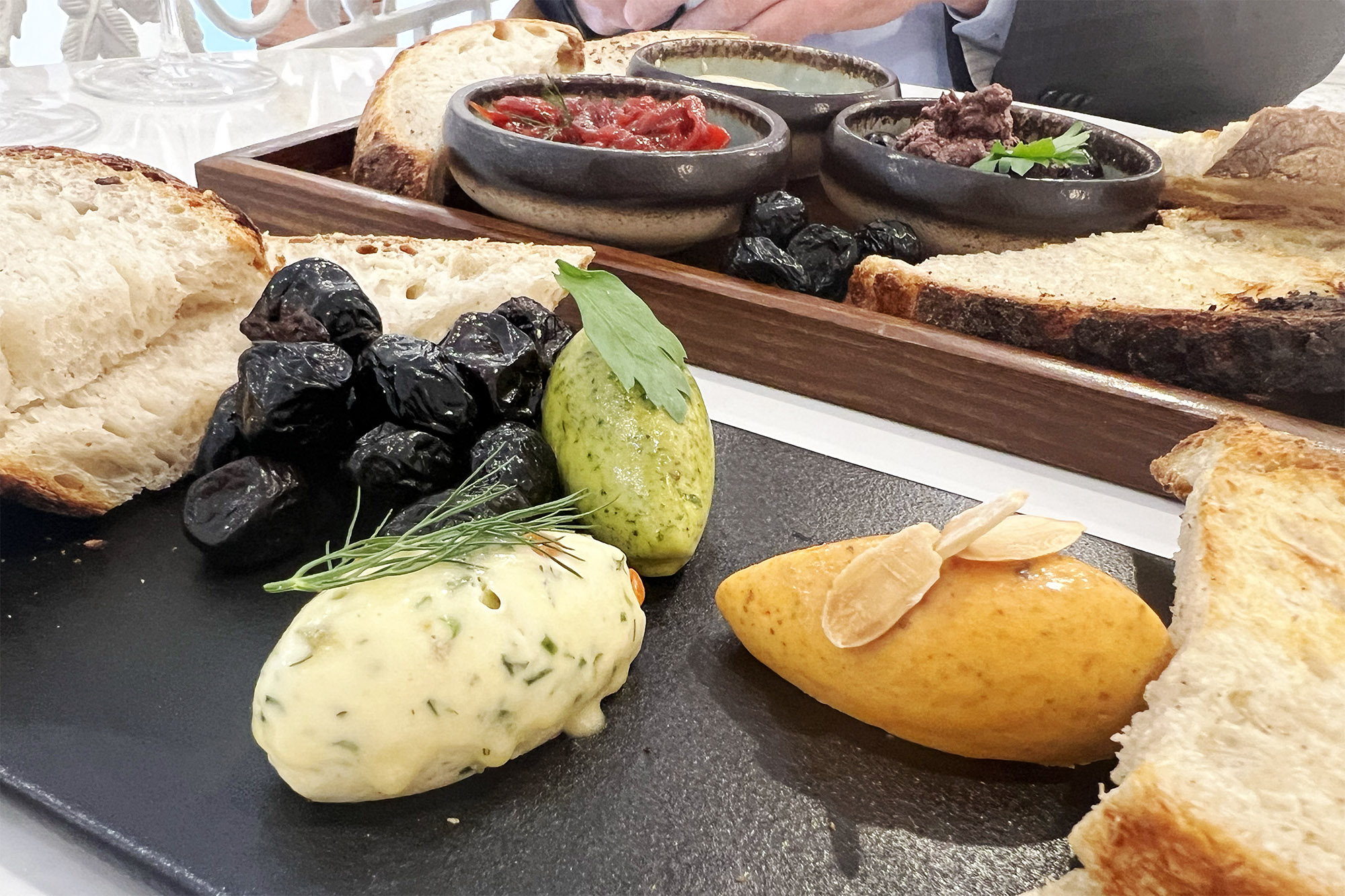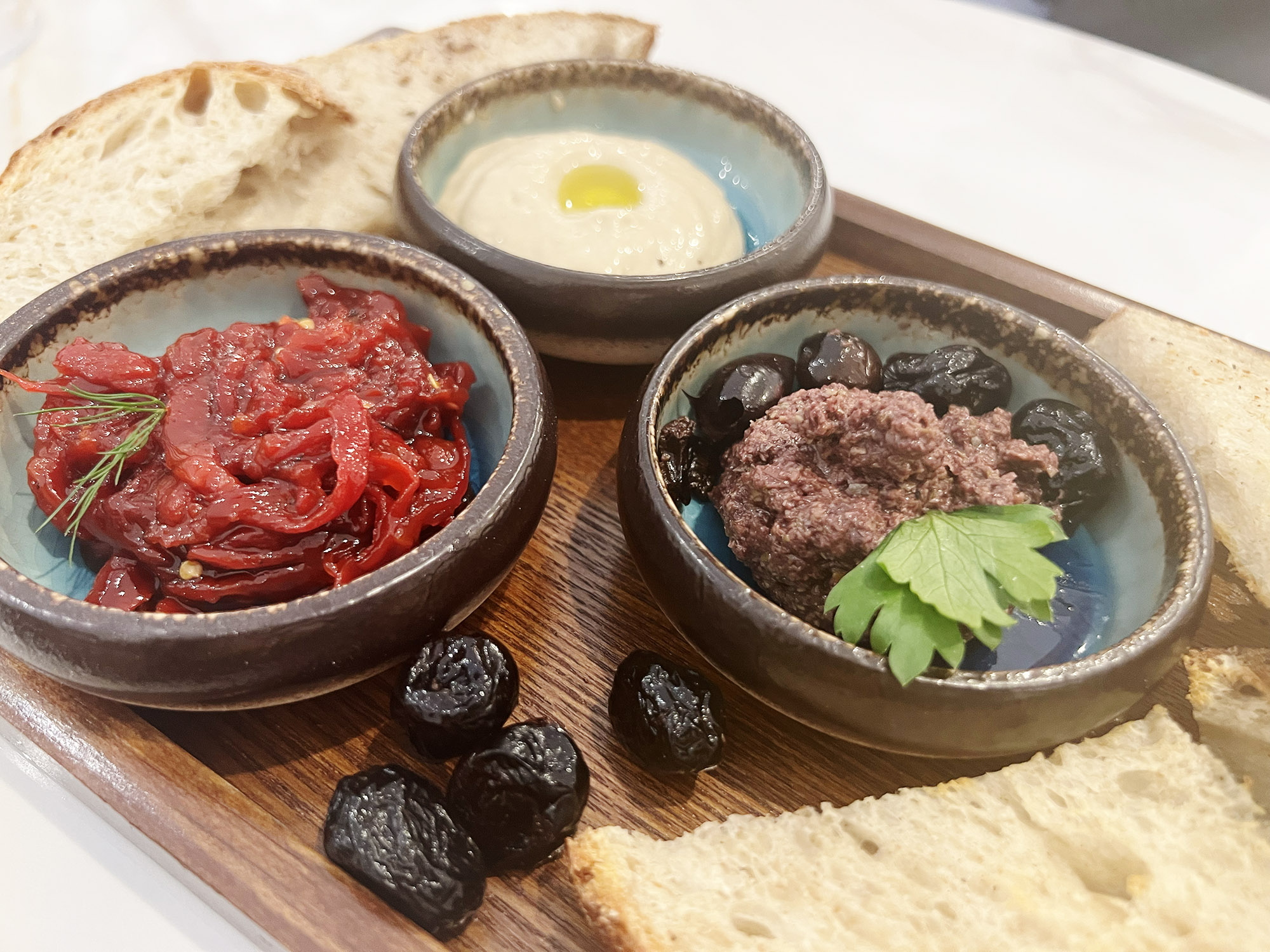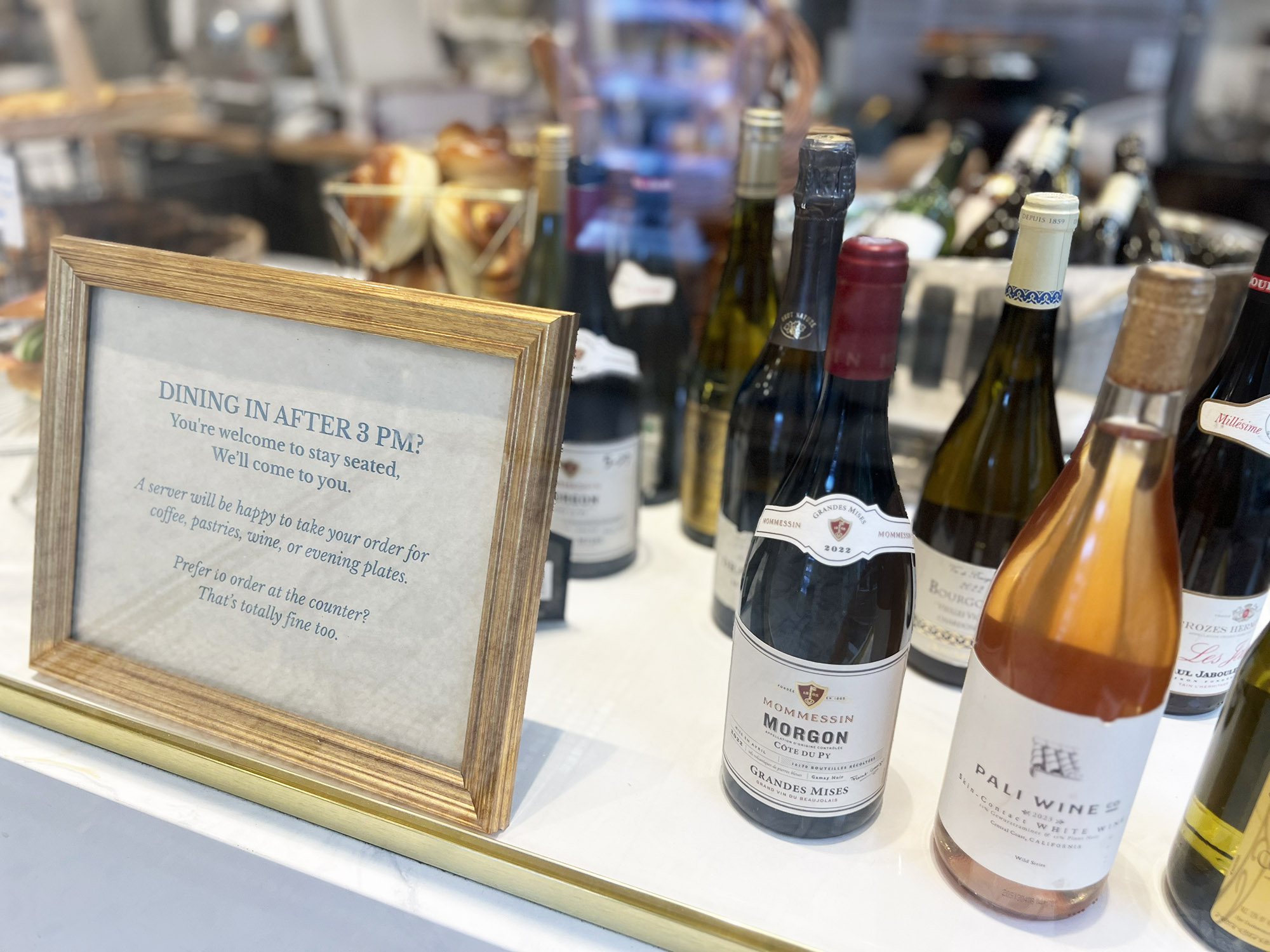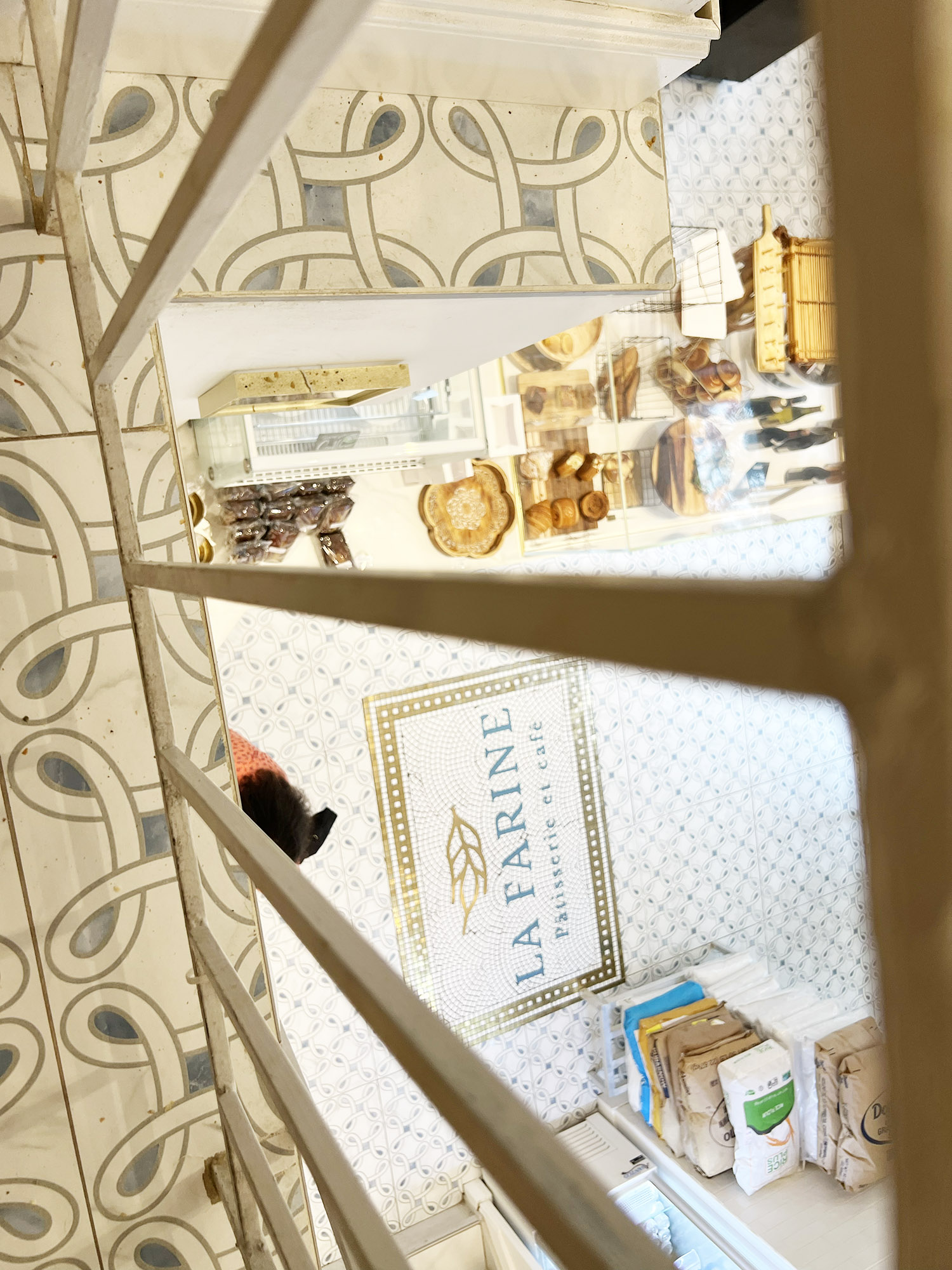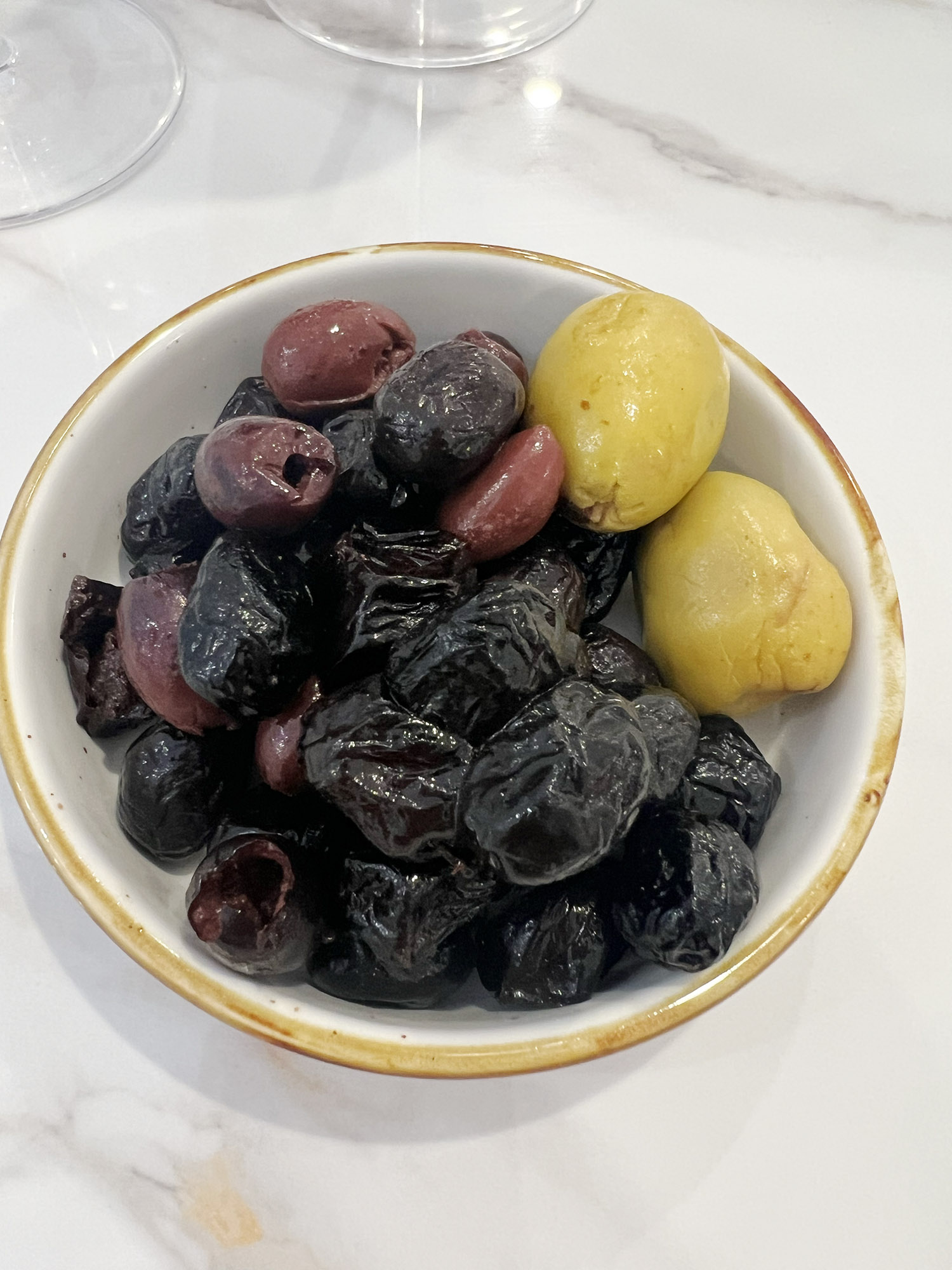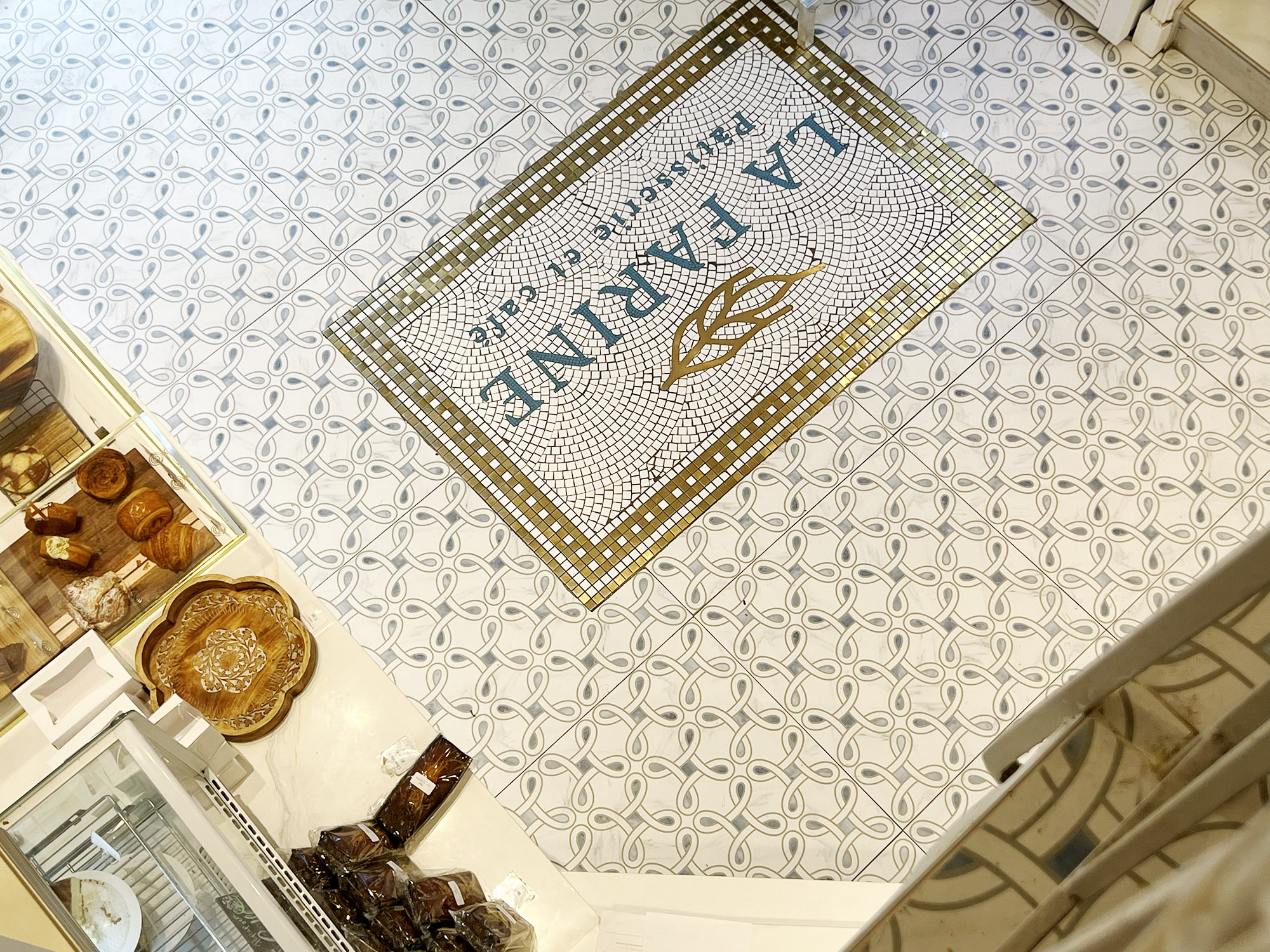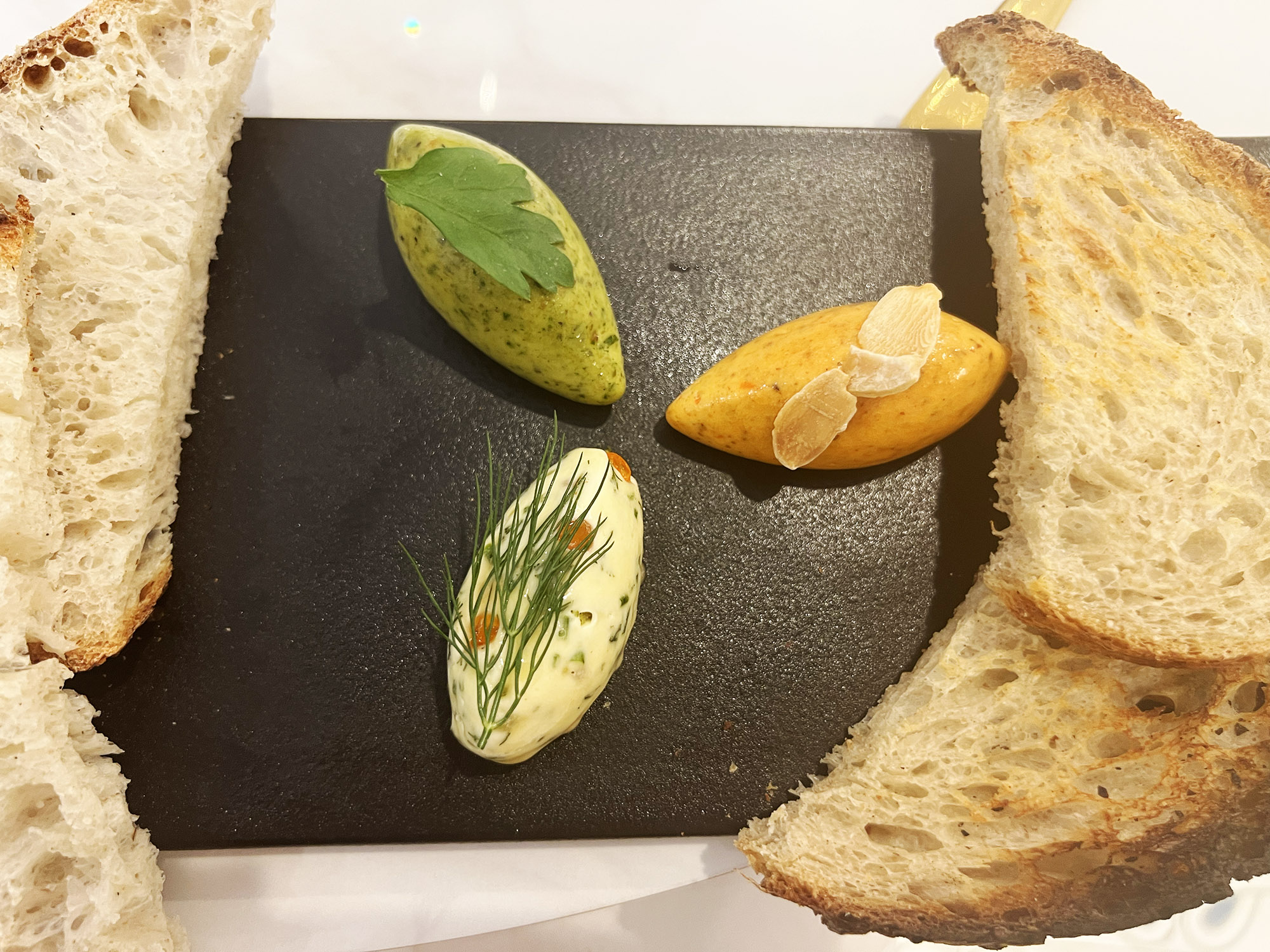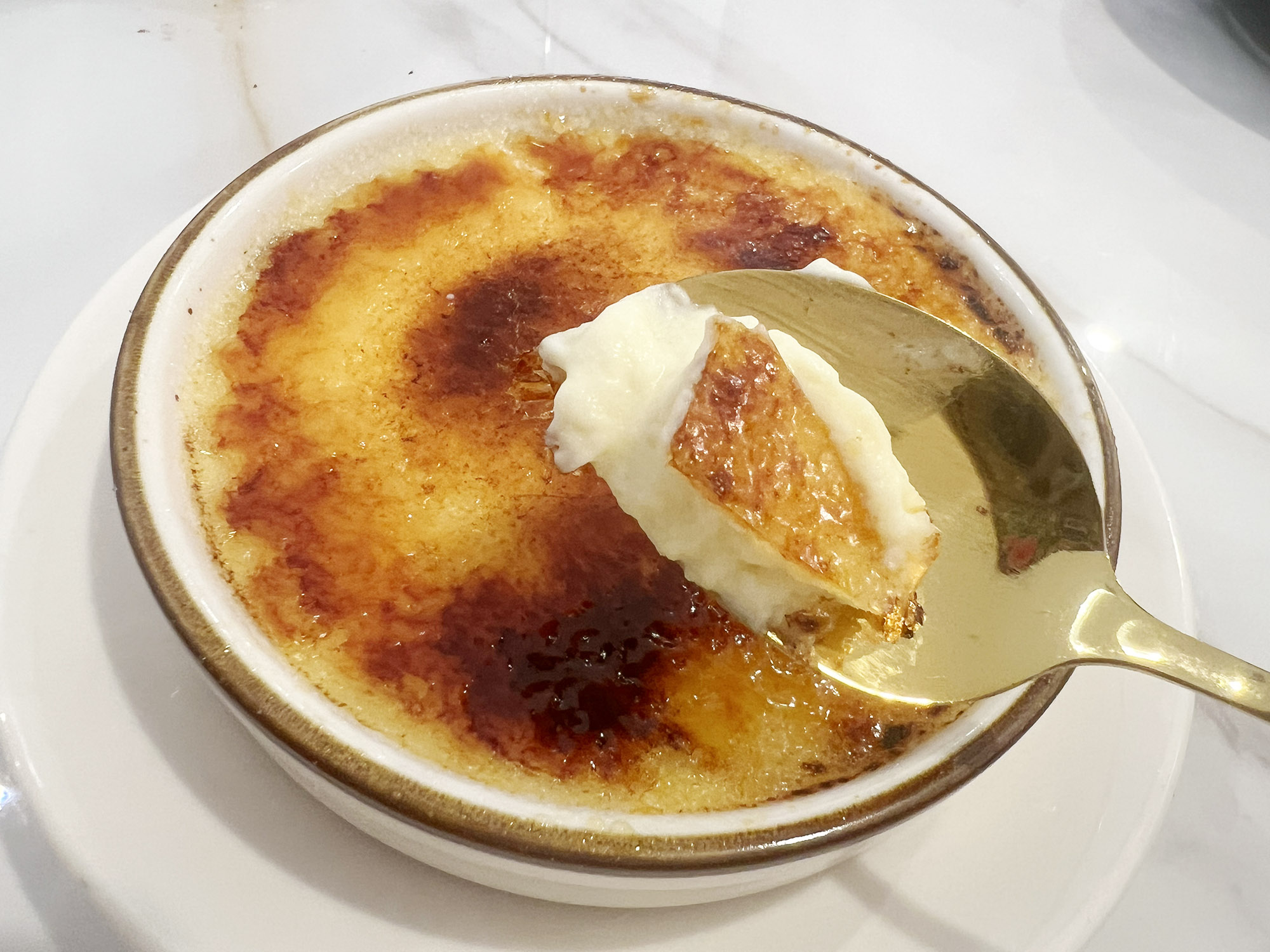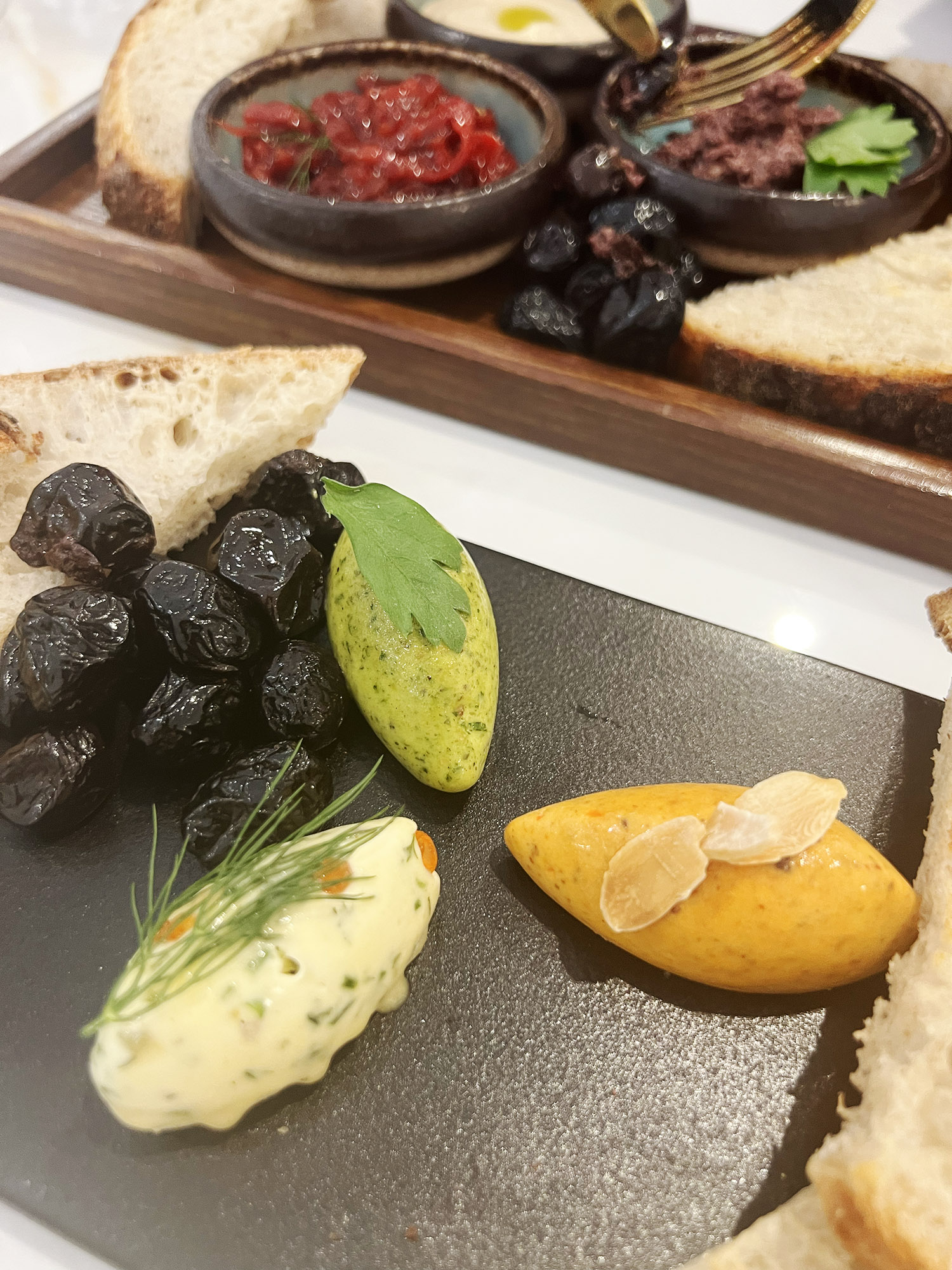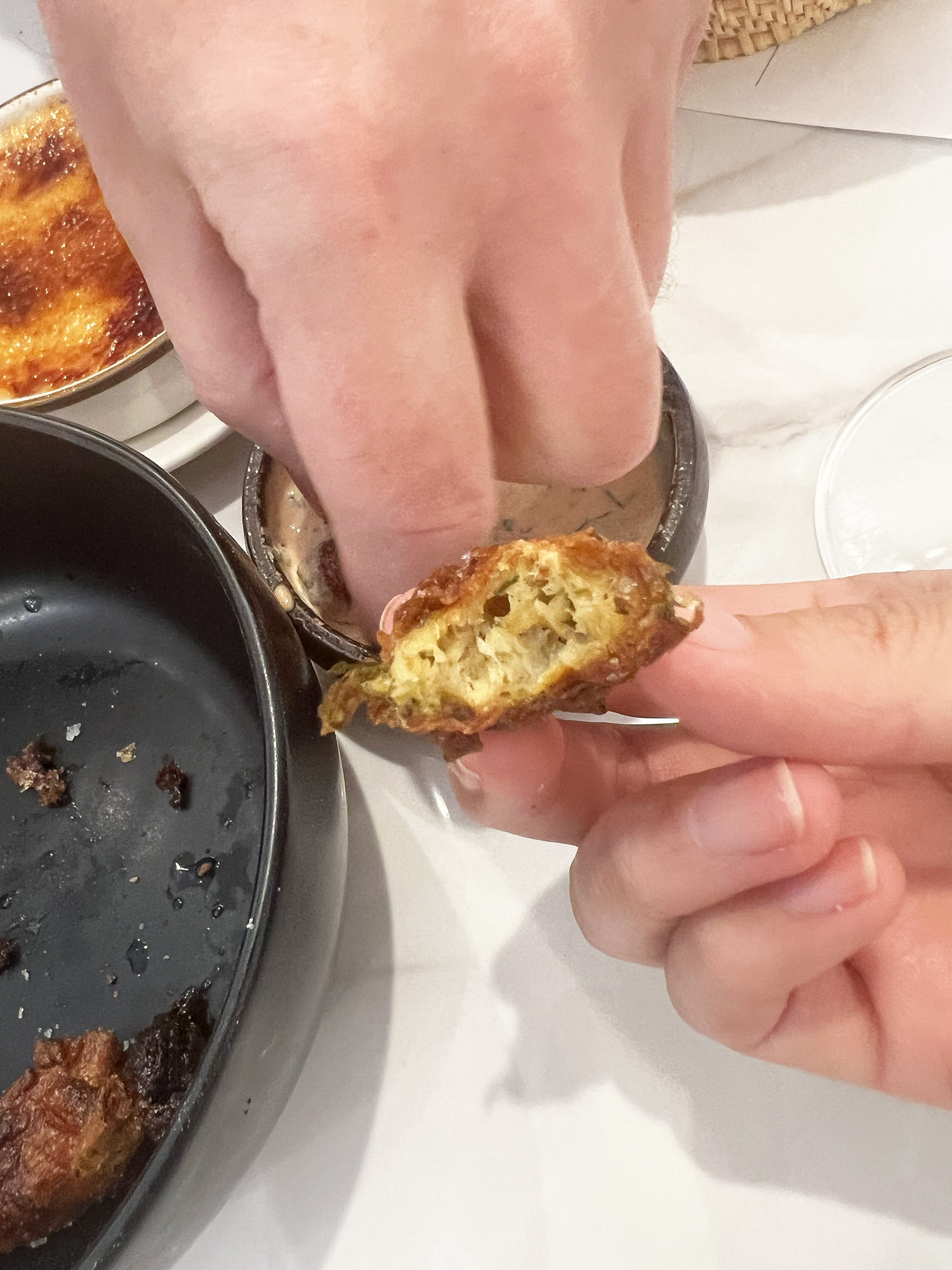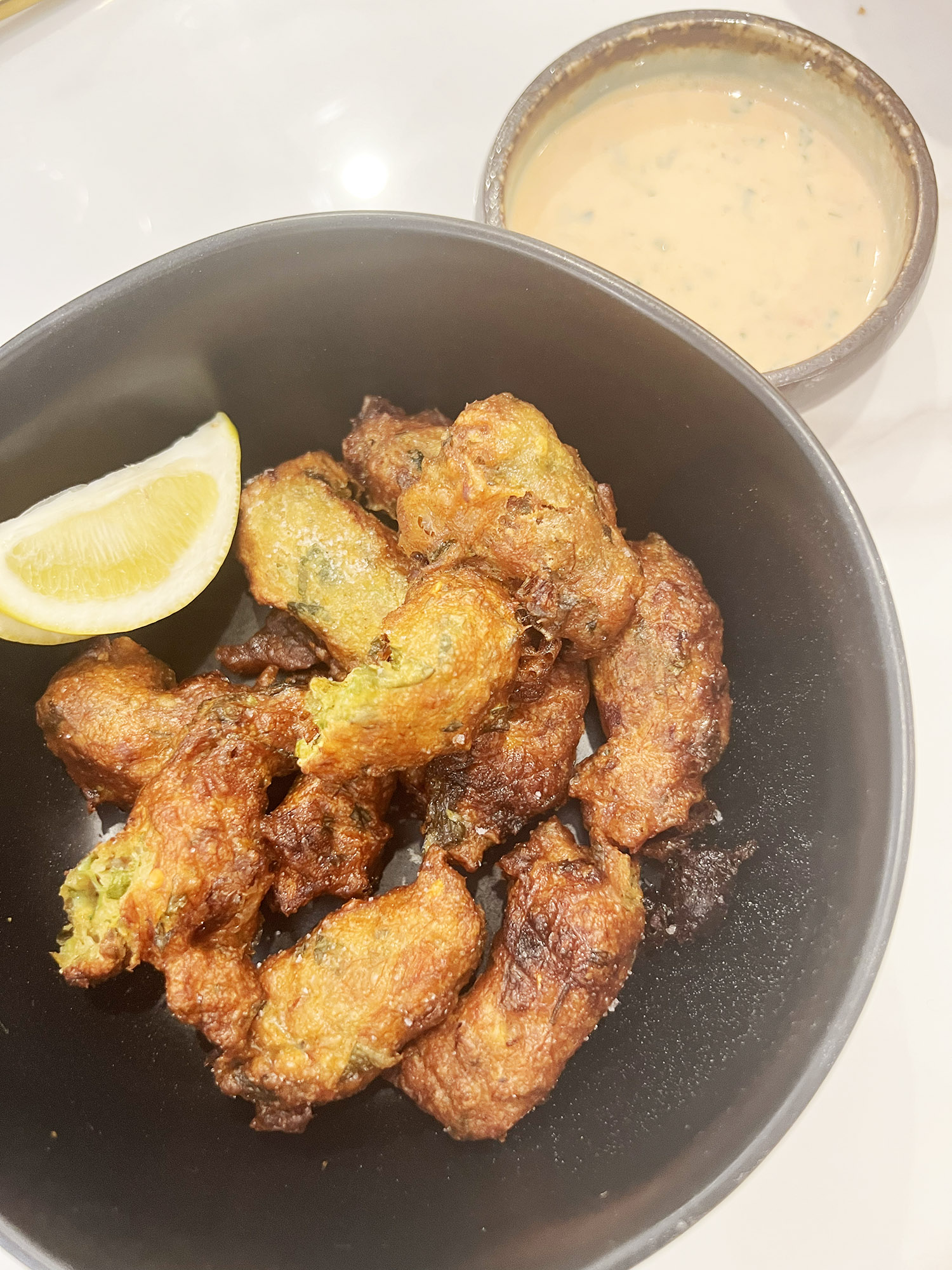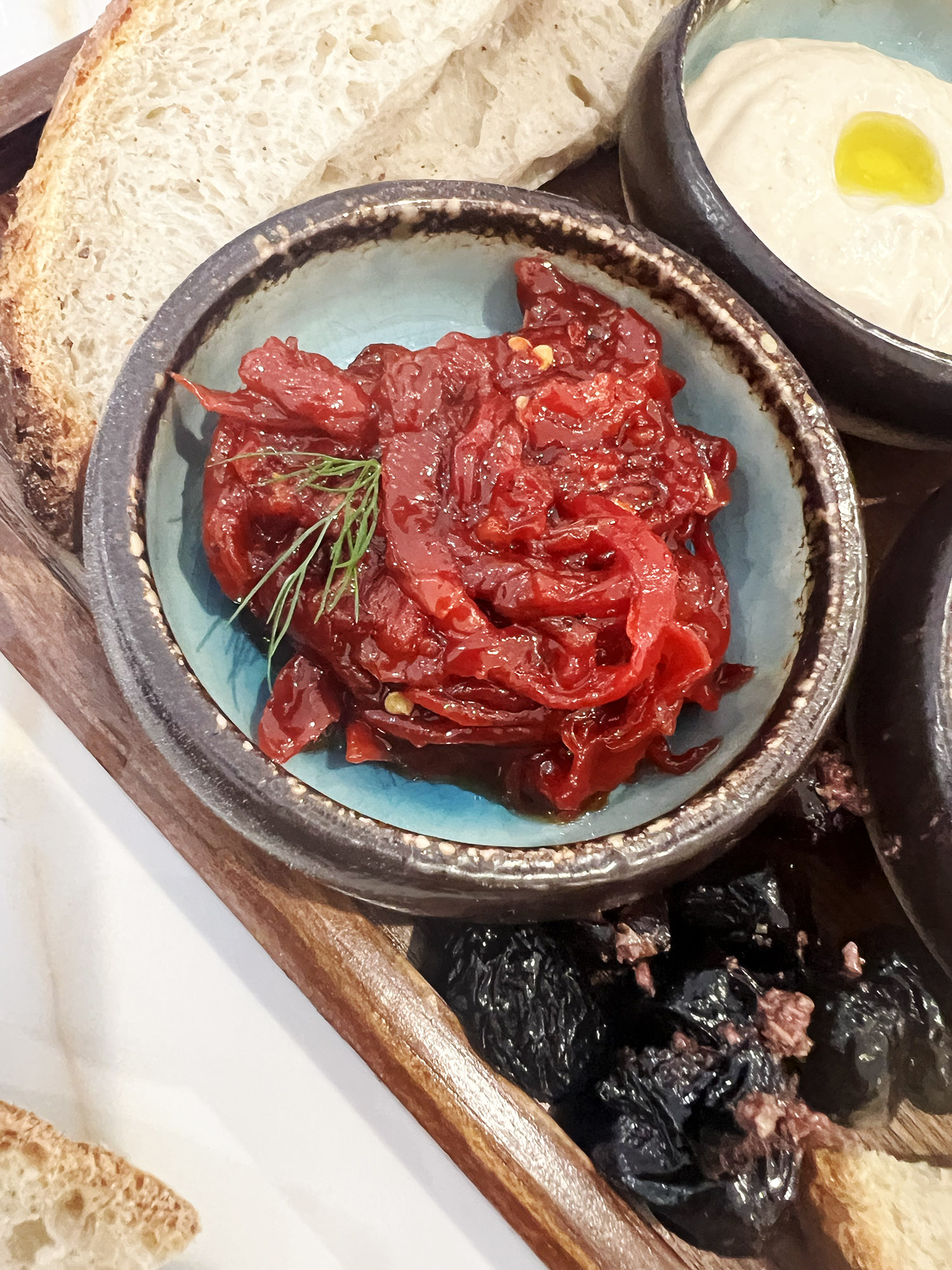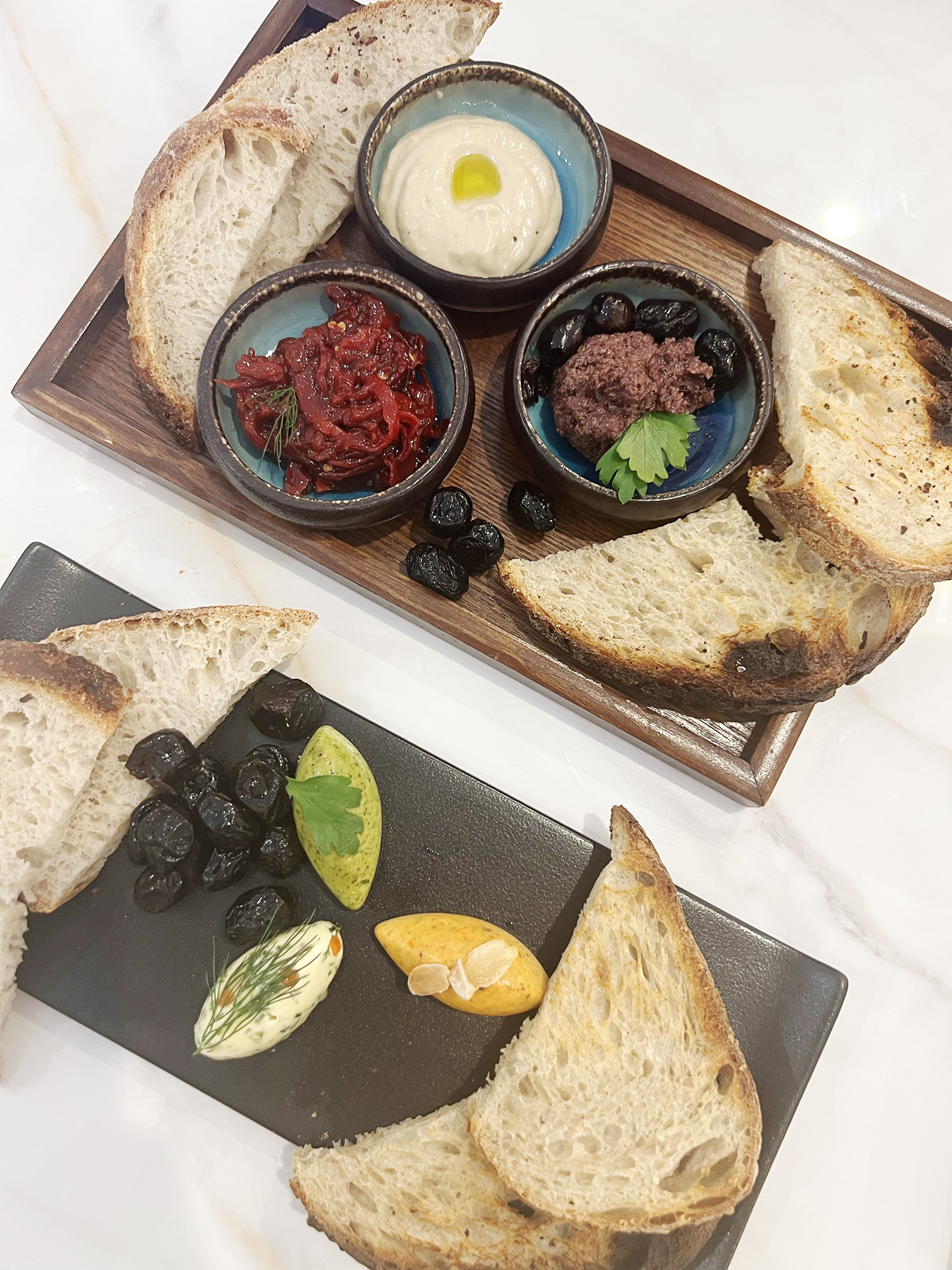
AC and I left Stavanger early one September morning, heading out toward Preikestolen. We stopped by a kiosk in town to stock up—Kvikk Lunsj (Norwegian chocolate wafer, kind of like KitKat), IFA pastilles (salty licorice and strangely addictive), and each of us grabbed a liter of apple juice. All set for the hike.
We started around 11 and reached the top just before 2. It took us longer than expected because we kept stopping to take photos, drink juice, and snack on chocolate and licorice. There were so many beautiful spots along the way, and it felt right to pause and soak it all in. I got a blister halfway up, but AC had brought band-aids, so we patched it up and kept going.
The trail is about 8 kilometers round-trip, and it’s marked as moderate. I don’t have a long hiking résumé, and some parts felt more like climbing than walking, especially those big rock stretches. But I never felt like I couldn’t do it. If you’re new to hiking, it might feel more like moderate to tough. There aren’t any guardrails or ropes, and in Norway, you’re expected to use common sense and not get too close to the edge.
Reaching the top felt like standing on the edge of the world. You’re 604 meters above Lysefjorden, and the view is absolutely stunning. It’s one of the most beautiful hikes I’ve ever done. If you’re in the area and ready for a bit of a challenge, I’d say go for it.
By the time we got back down, we were completely exhausted. There’s a restaurant right by the parking lot, and we headed straight there. The waffles were incredible. I don’t know if it was the hunger or the endorphins, but they tasted like magic.
Preikestolen means “The Pulpit Rock” in Norwegian, and once you see it, you’ll understand why. It looks like a giant pulpit sticking straight out over the fjord. The name came from a local teacher and mountaineer in the late 1800s and has stuck ever since.
While Preikestolen has long been a favorite among Norwegian hikers, it didn’t really hit the international radar until it was featured in Mission: Impossible – Fallout. In one of the movie’s most intense scenes, Tom Cruise is dangling from the edge of the cliff. Fun fact: the scene wasn’t actually filmed there, but the real-life view is just as breathtaking.
Preikestolen Hiking Tips:
When to Go:
Peak season (July–August) can be extremely crowded. We went in September, and there were still plenty of people, especially around noon. If you want a quieter hike, start early, ideally before 9am.
Weather:
Avoid hiking in the rain. The rocks get slippery, and you won’t see much anyway if the fog rolls in. Check the weather forecast and plan accordingly.
Gear:
You don’t need hardcore hiking equipment, but a good pair of hiking shoes with ankle support is a smart idea. Bring a rain jacket and wear layers as the weather can change fast.
Food and Drinks:
There’s a restaurant and a kiosk by the parking area, but bring snacks and water for the trail. Something more substantial than just juice and chocolate is highly recommended. Trust me.
Parking:
Parking costs 275 NOK per day (as of 2025). You pay when you leave. Note: Camping is not allowed.
Toilets:
There are restrooms at the trailhead, but nothing along the way.
Timing:
The hike up takes 2–3 hours, and the descent usually takes 1.5–2 hours, depending on your pace and how often you stop.
Visit the official Preikestole website >>








